The South Luangwa has been my home for the last 16 years and I have increasingly enjoyed the shoulder season months for the rich light, cooler days and vivid colours. May is especially a beautiful month which always gives great wildlife sightings as well as the chance to enjoy them before the increase in visitor numbers of July to October.
I led this small-group trip out of 2 camps in the Luangwa – and then 3 of the group extended the trip with me to the Bangweulu Swamps in central Zambia. In the Luangwa, we stayed at Nkwali Camp and Lion Camp; in Bangweulu we stayed at Shoebill Island Camp. Between the two locations, we took a stunning scenic flight across the Luangwa Valley which gave everyone an overview of the meandering river and the way that it has shaped the landscape.
It had been a dry year in Eastern Zambia so the Luangwa Valley was drier than it had been for the previous 5 years, which promised greater access to all wildlife areas, and also shorter grass and better visibility for finding wildlife. But the effect of less flooding was actually more nuanced; there had been sufficient rainfall, which had led to more grass growth than normal as the growth was not retarded by any extended period of inundation. Wildlife was quite spread out and we travelled widely to find the sightings that we needed.
It was a lovely group, with 2 return guests and 2 who were joining my trips for the first time. They engaged wholly in the experience and I was grateful to them for their energy and for keeping to my rigorous schedule of early starts and patient waiting periods to allow events to unfold.
Below is a camp-based update of the trip, illustrated by albums of images from each.
My 2027 trips are forming at the moment, so please get in touch if you would like to travel with me; many of my trips are built, filled and sold out before I have a chance to market them…so don’t delay.
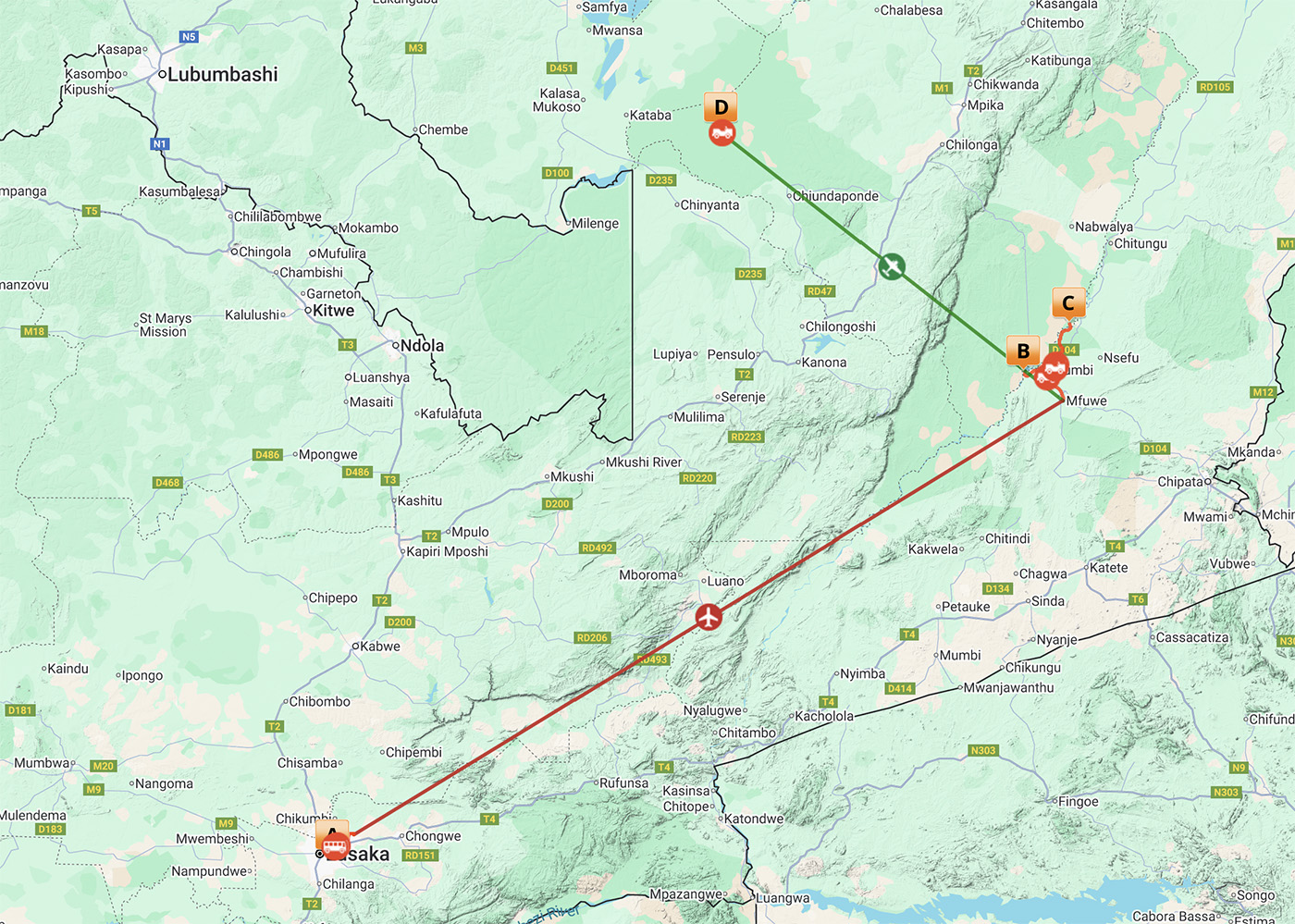
Nkwali Camp is just outside the National Park but has access directly into a quiet and secluded area via a boat crossing. Using the boat morning and evening is an exciting way to start each safari and takes us to an area which no one else can access for at least 2 hours in the mornings; increasingly, this kind of privacy is luxury on safari.
We spent 4 nights in this area. It’s a mix of grassland, riverine forest, rocky hills and thickets offering all available habitats to search for wanted species. Strangely the predators were very quiet — in fact we only saw 1 leopard in the whole 4 days — but it meant that we worked all our time on getting great portfolios of everything else we could find. I loved it and I have some of my favourite images of many species from this trip.
Memorable moments were when we found multiple herds of elephants in stunning landscape in the south of the park — cloudy skies meant the colours were rich and the shadows gentle. We also spent time with baboons, hippos and in search of wild dogs as well as with a large herd of giraffes in the tall woodland, which make excellent images.
Deep inside the National Park is Lion Camp, one of my all-time favourite destinations. The wildlife is superb, the camp makes all possible adjustments to prioritise safari time, and they offer excellent food to restore travellers after 9-10 hours in the bush each day. We spent 5 nights at Lion Camp and each day was filled with brilliant sightings. On our first afternoon, we went in search of a leopard called Chipadzuwa and found her stalking along a drainage channel; she subsequently charged out of the gulley in pursuit of baboons which were returning to their roost and engaged in an hour-long stand off, all of which we were able to observe. We spent time with lions, lots of elephants, giraffes in the ebony forests and, most memorably, with the same leopard Chipadzuwa when she successfully caught a baboon, killing it in the middle of a troop of 120 others. It was extremely brave and bold. Check out my Instagram story to see more about it. It was a great visit and a camp that I will keep coming back to for its reliable sightings, beautiful scenery and great vibe.
Our final stop was the Bangweulu Wetlands, a massive seasonal swamp that forms along the Lukulu River in central Zambia. It is home to waterbirds of all varieties as well as 40,000 black lechwe – one of the world’s most elegant antelope – and the mighty shoebill stork, a tall, grey majestic waterbird which leaves everyone who sees it completely speechless.
We had high hopes for the trip and, apart from some challenges brought about by the drier-than-normal conditions, we had a fantastic time. We spent the first afternoon cruising on the channels (no motors here, just poles and some very impressive boatmen). And on our first morning, we set out in search of the shoebill. In the past, I had travelled along the Lukulu to the best areas, but the dry conditions meant that the Lukulu was not passable, so we had to take a big walk around, through the grassland, to reach the area where we could find the birds.
It was a MASSIVE day out, requiring a lot of walking (carrying cameras), wading through deep swamps up to our waists (still carrying cameras) and finally finding a stately shoebill standing in a clearing among the papyrus and phragmities reeds. I have had better, closer views in my time of seeking Shoebills but I have never earned one as much as we did on this occasion! I have great admiration for my group who kept cheery and optimistic throughout despite the challenge. In fact, I was only ever concerned about the cameras, not about the group.
We considered a repeat visit two days later but decided to focus our search on another area that was a bit more accessible, but where sightings of Shoebills were more patchy. We weren’t lucky in our searches but we saw lovely waterbirds along the way.
We also spent two mornings on the plains, using the early light to watch the black lechwe as they returned to the grassland from the swamps where they spend the night. In response to pressure from hyaena predation, they take to the watery areas in the dark which makes it much harder for hyaenas to catch them.
All in all, a wonderful trip with a great group of guests. Jeremy, Karl, Sara and Charlotte, I hope our safari paths cross again someday. It would truly be a pleasure.
Thank you for reading all the way through, and please get in touch for 2027 safaris if you are keen to join.

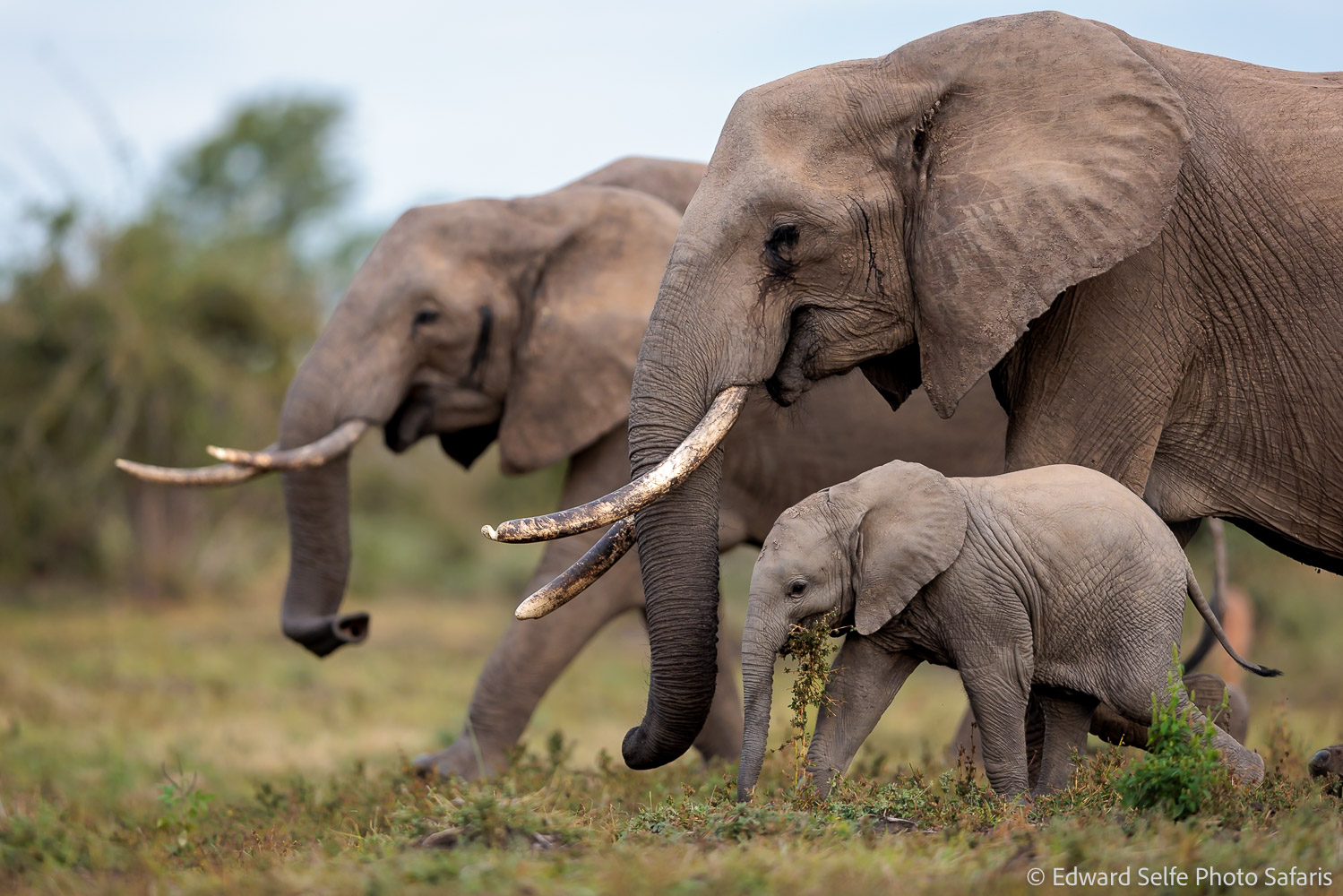
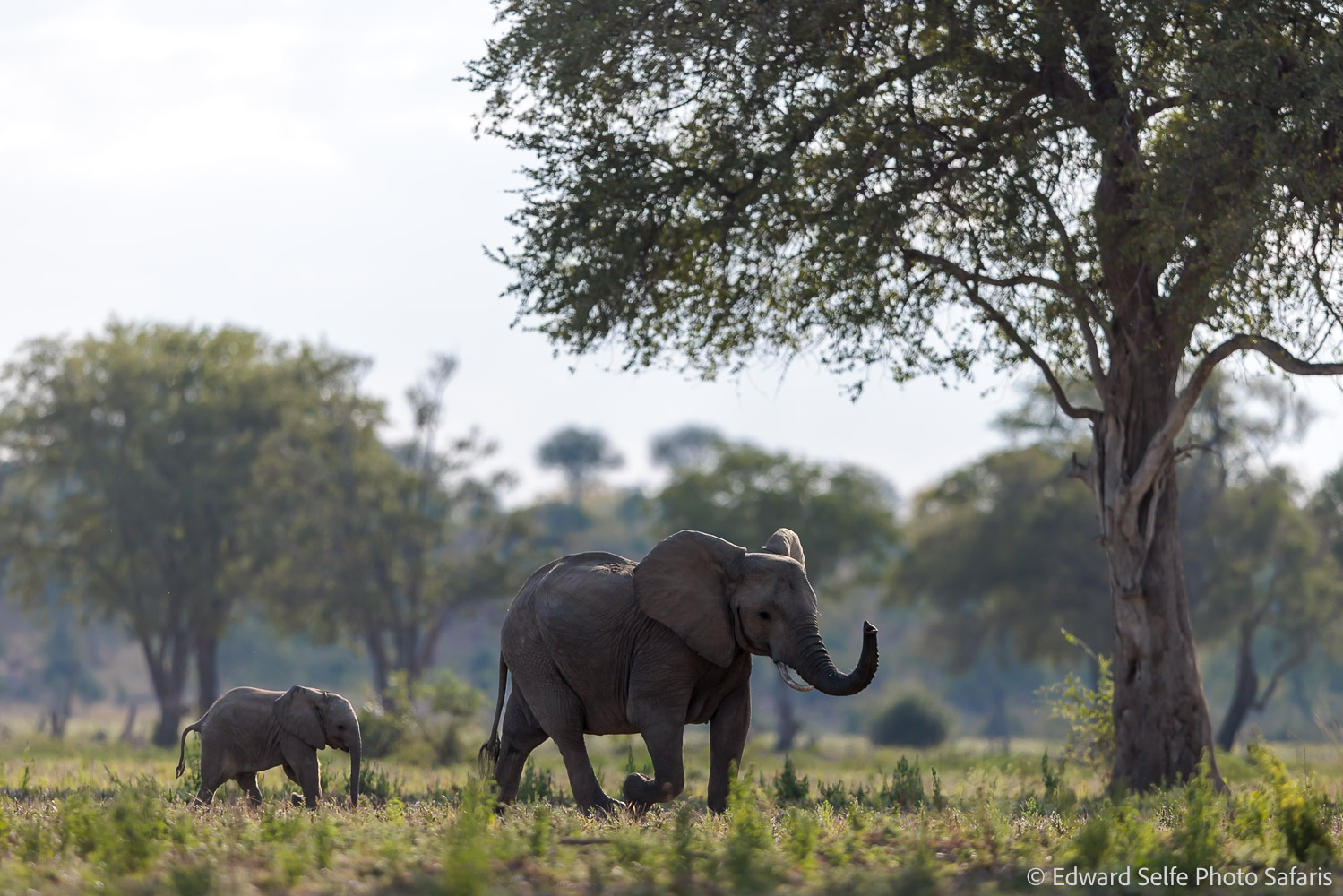
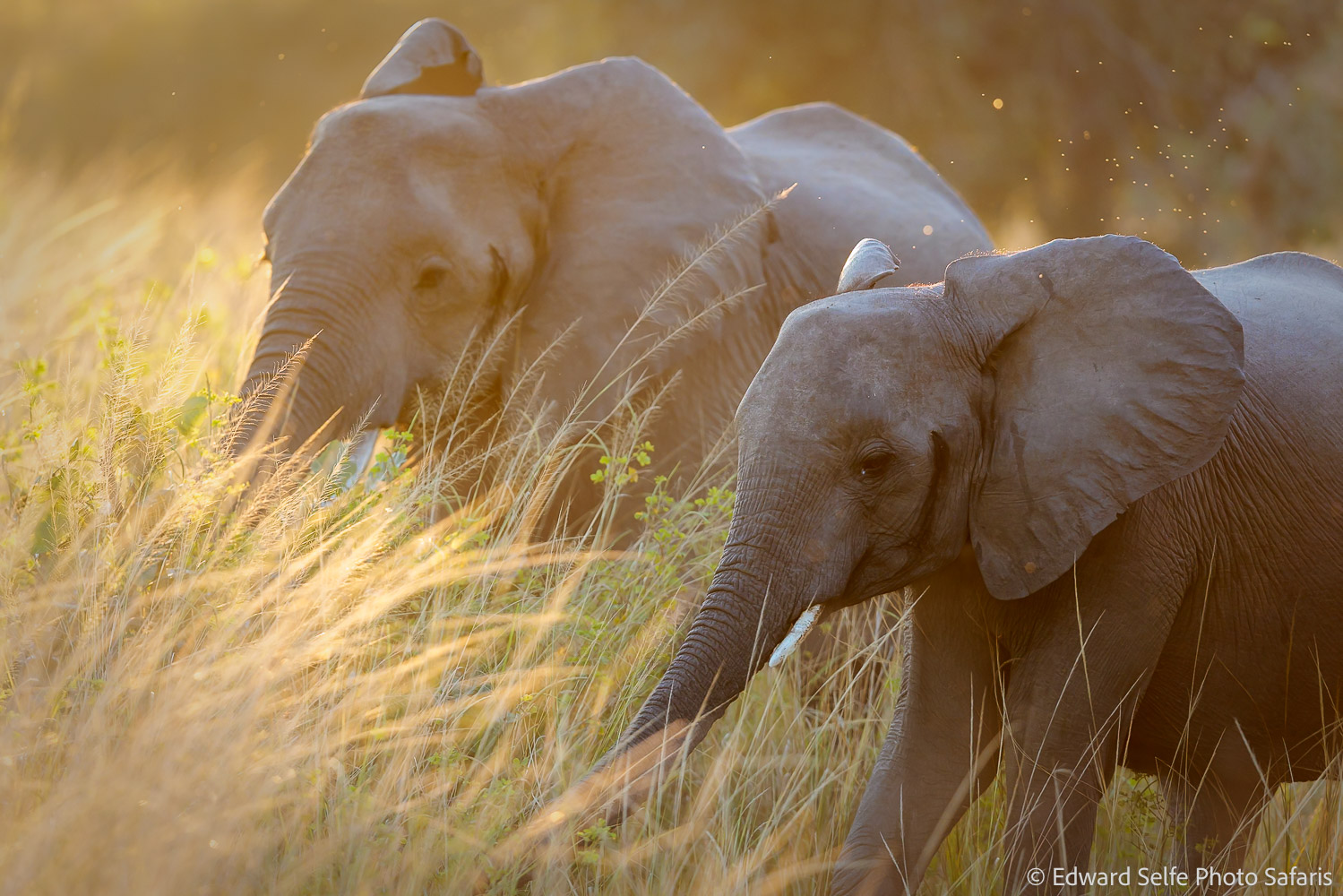
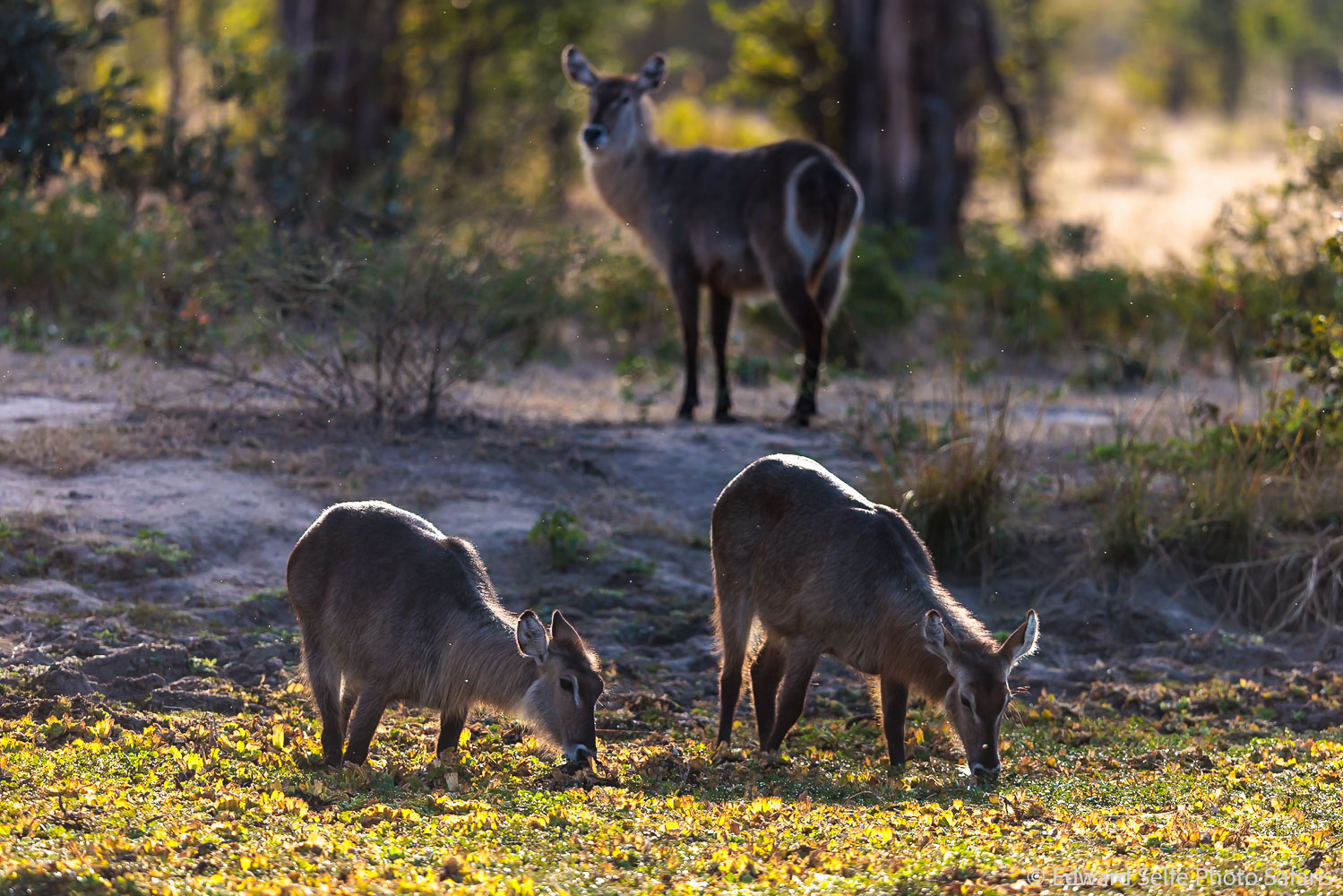
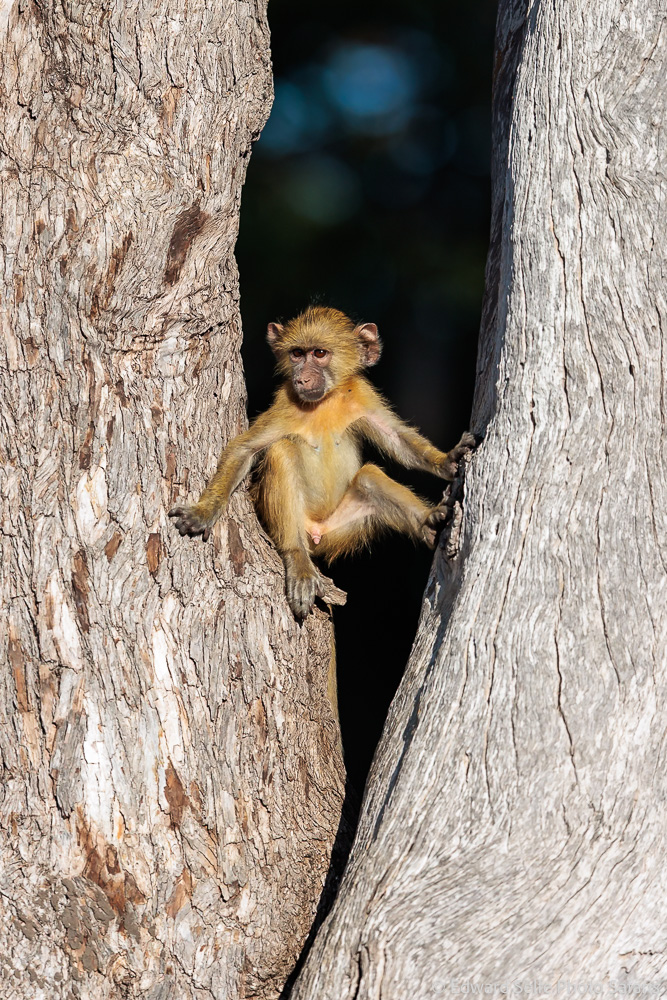
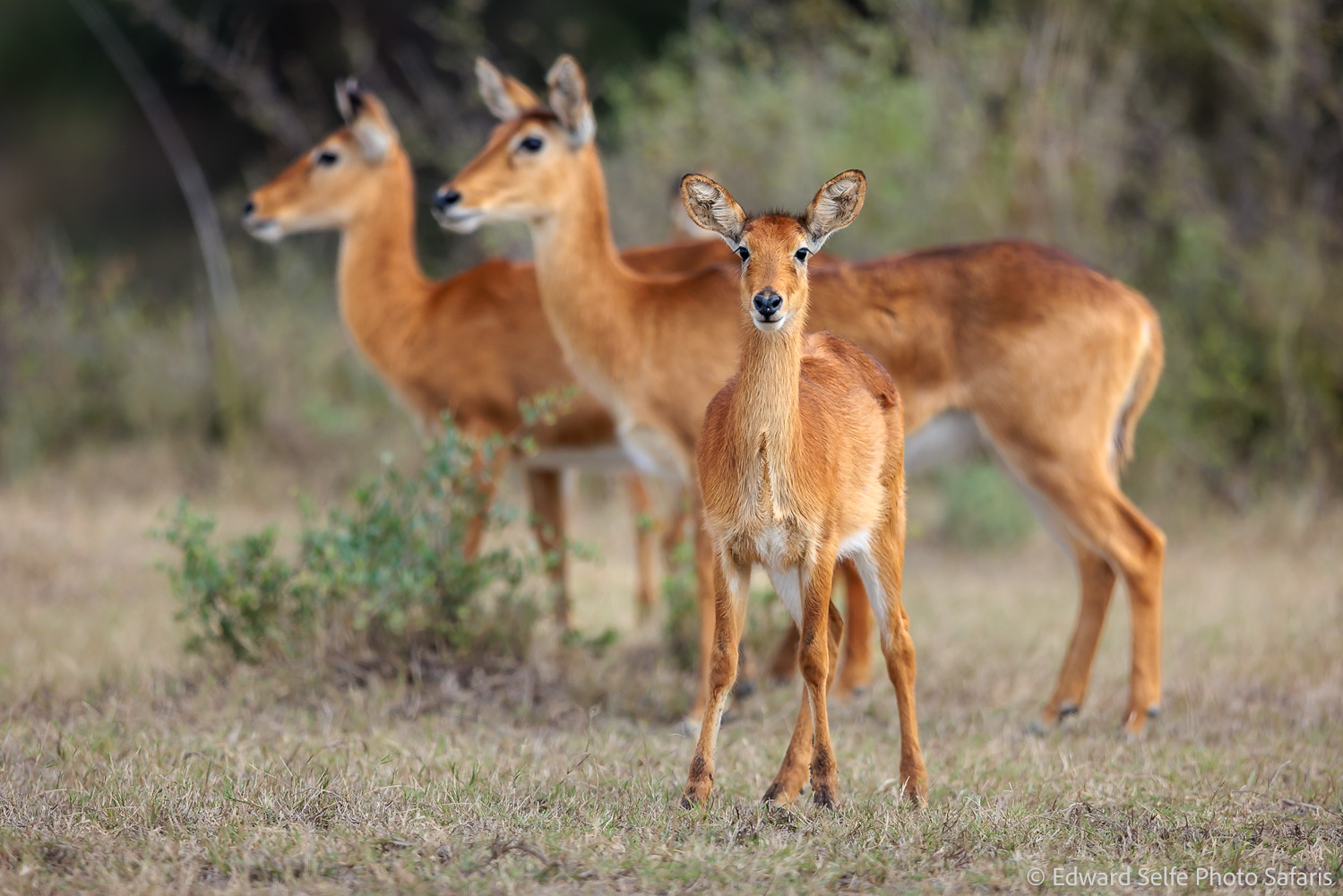
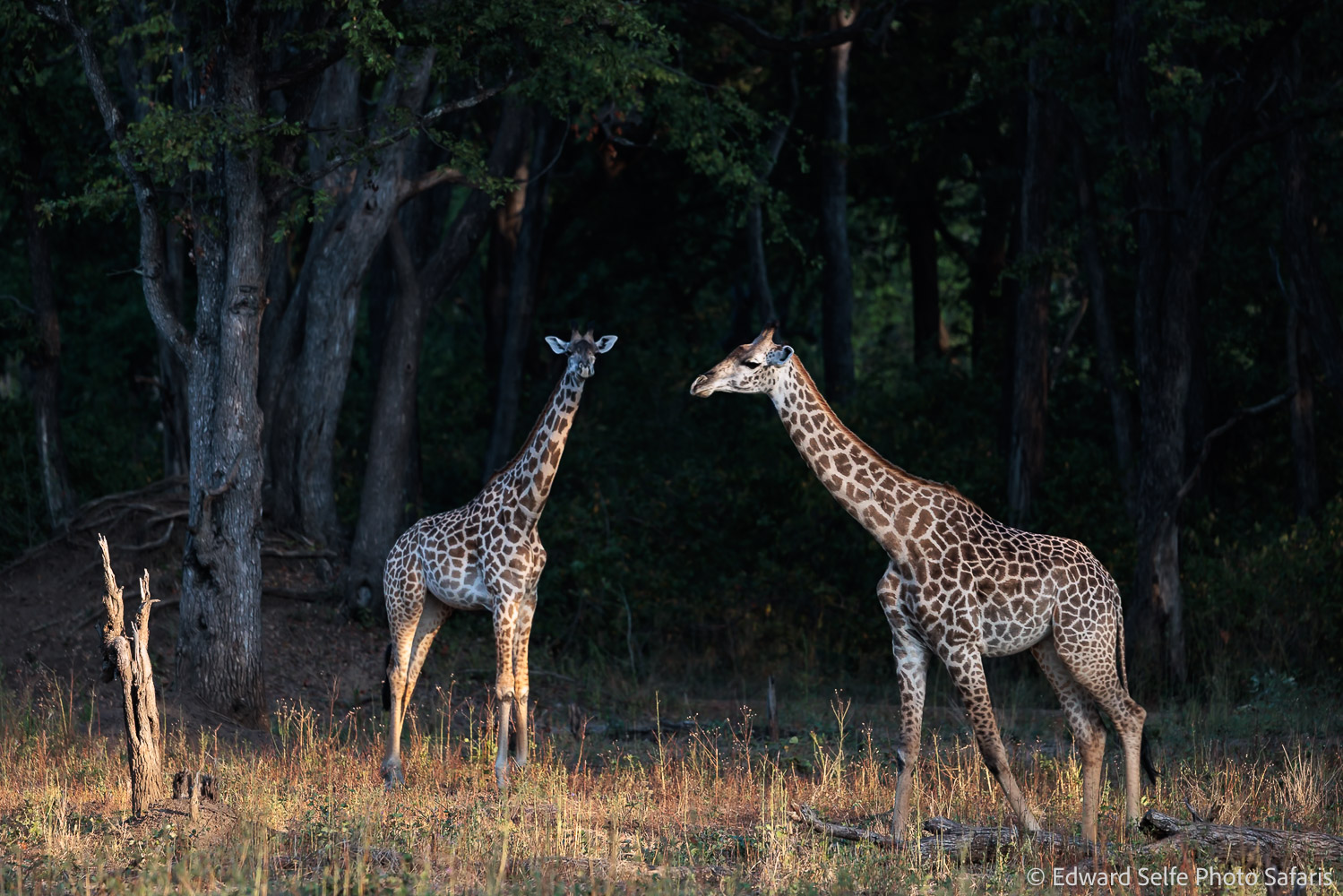
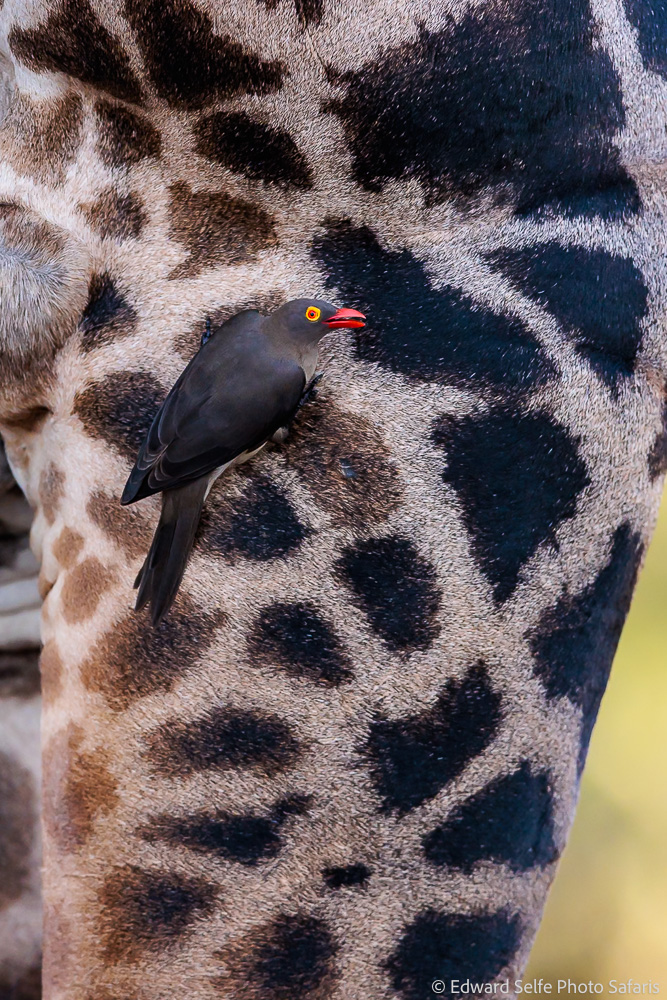

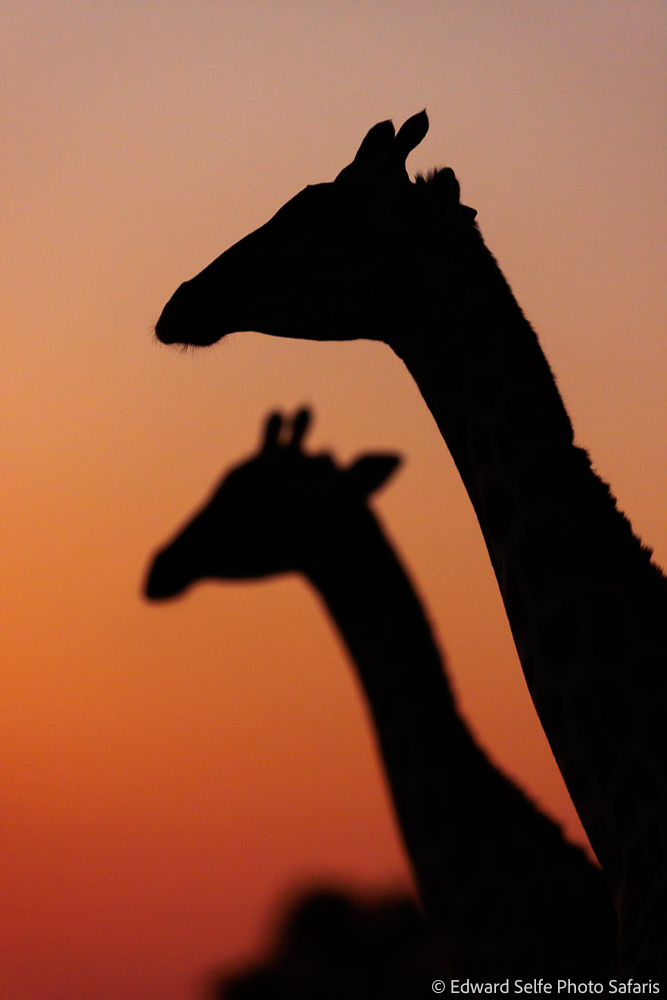
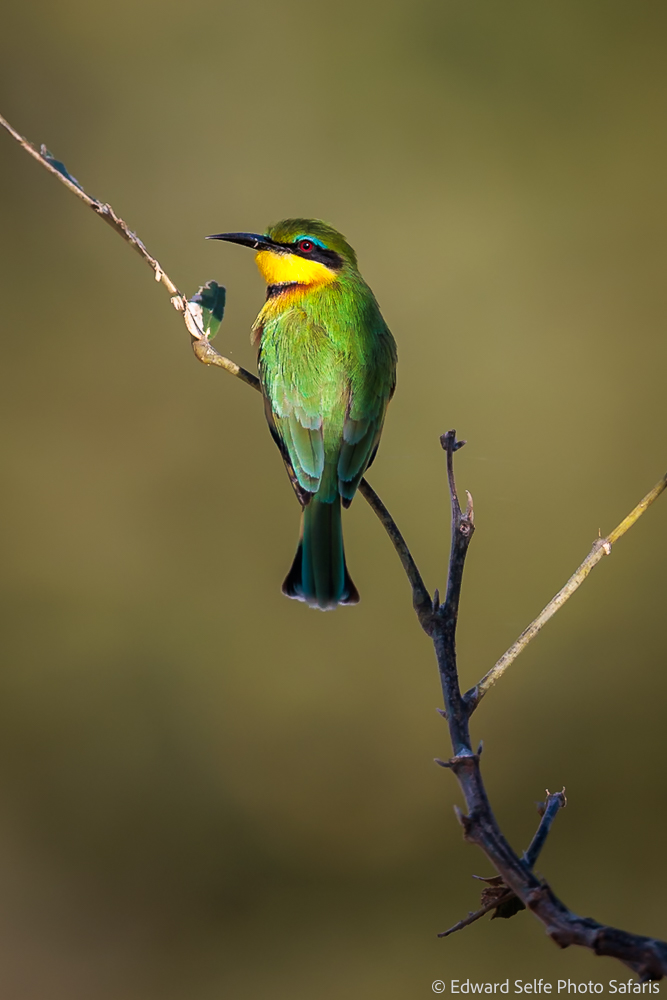
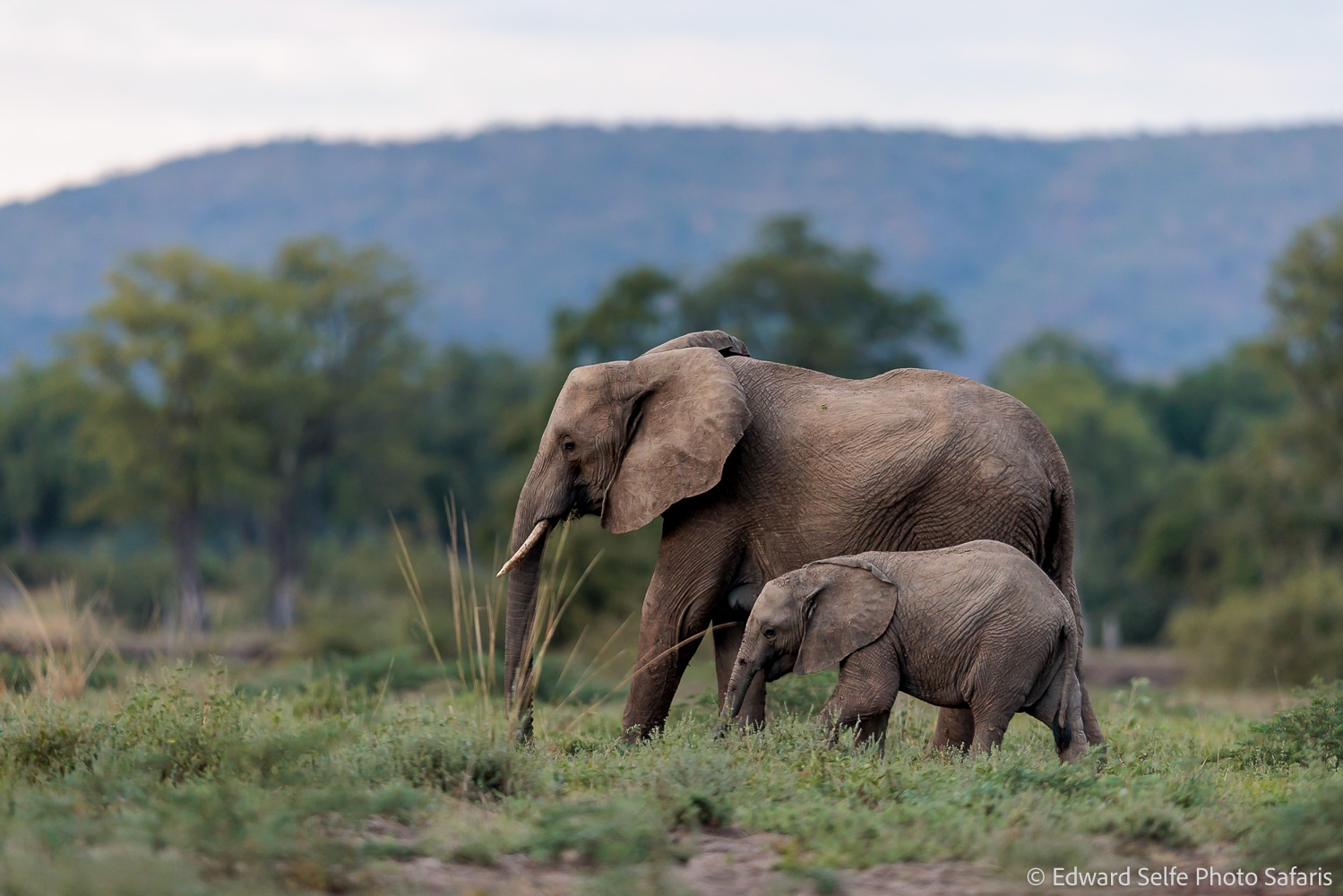
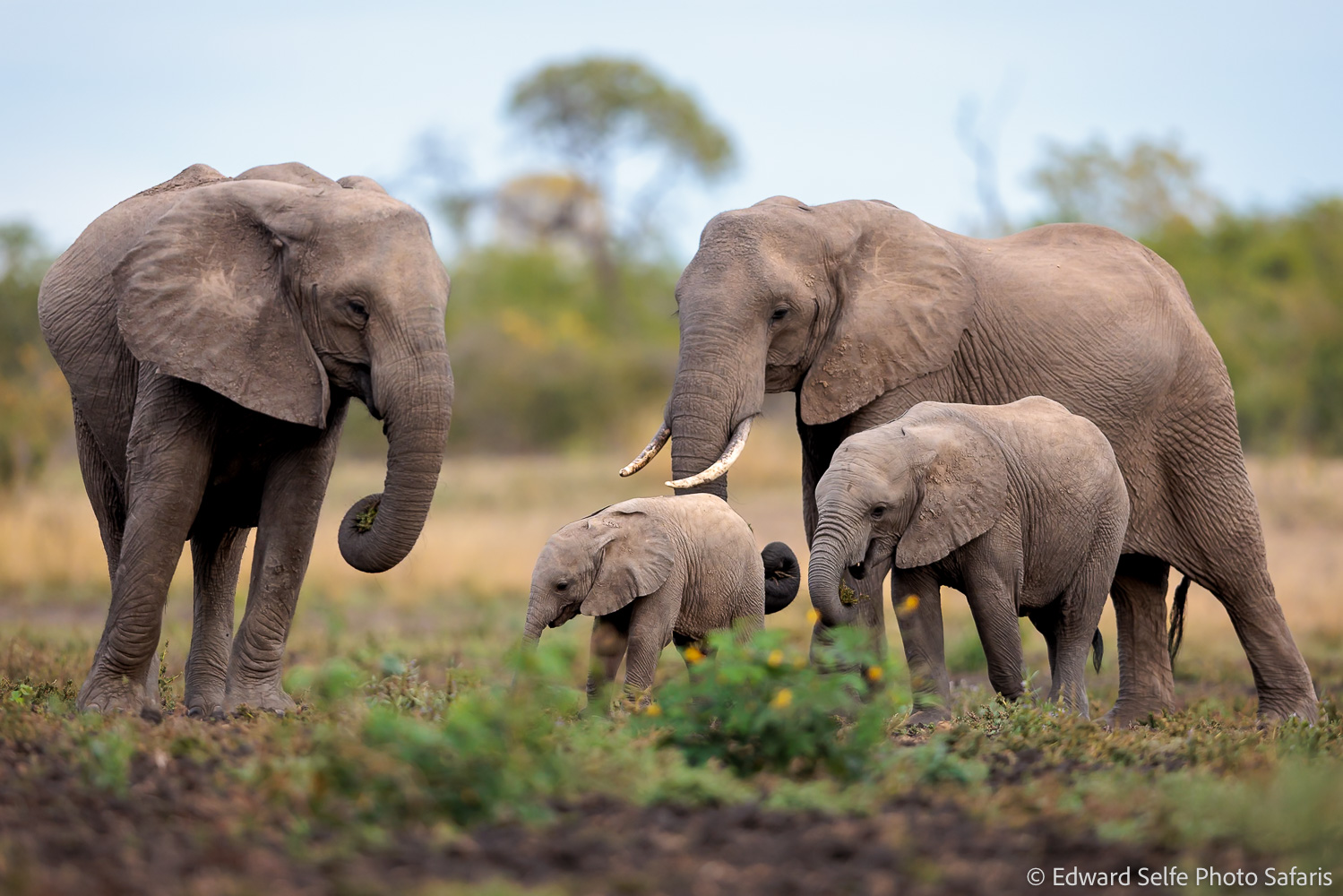
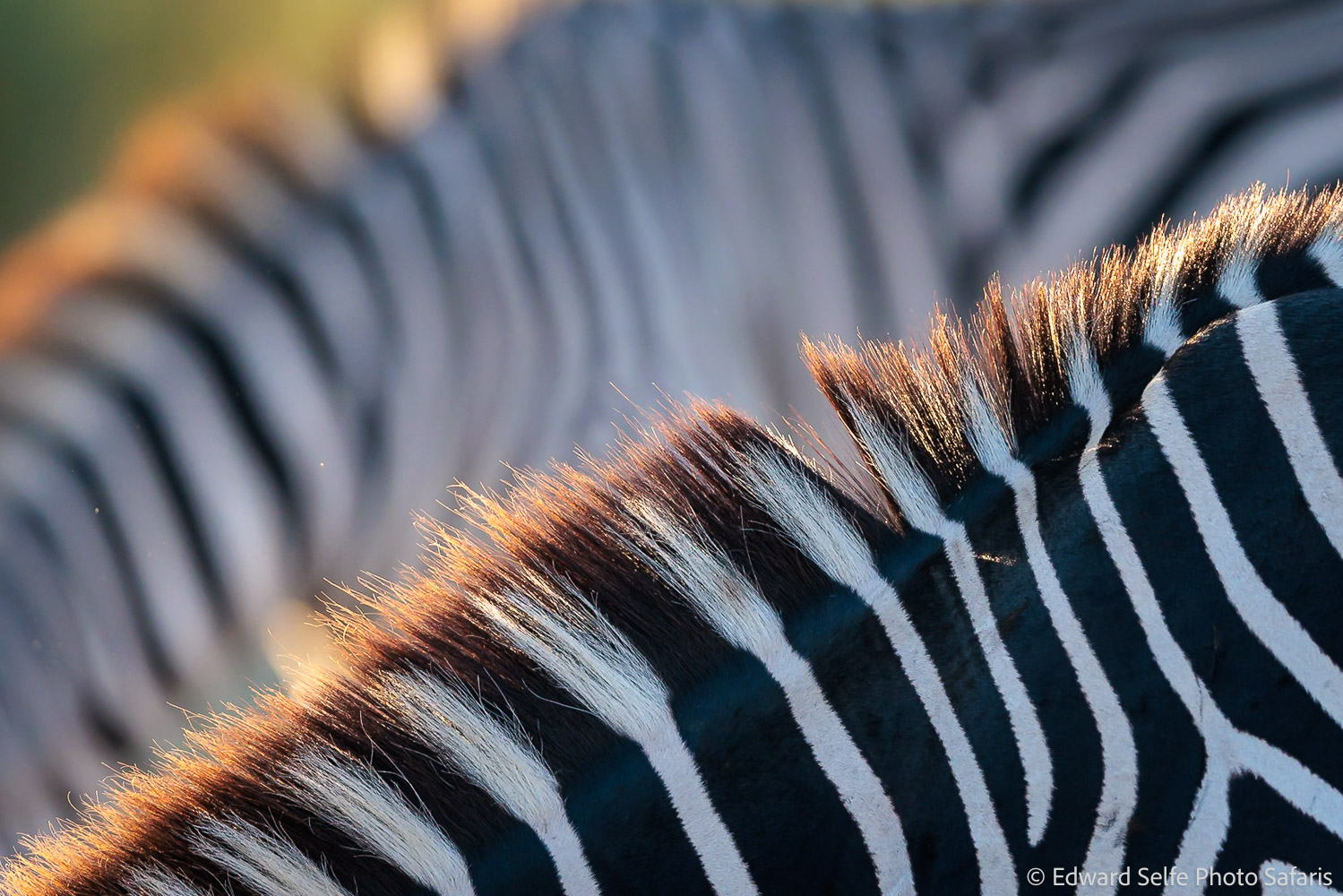
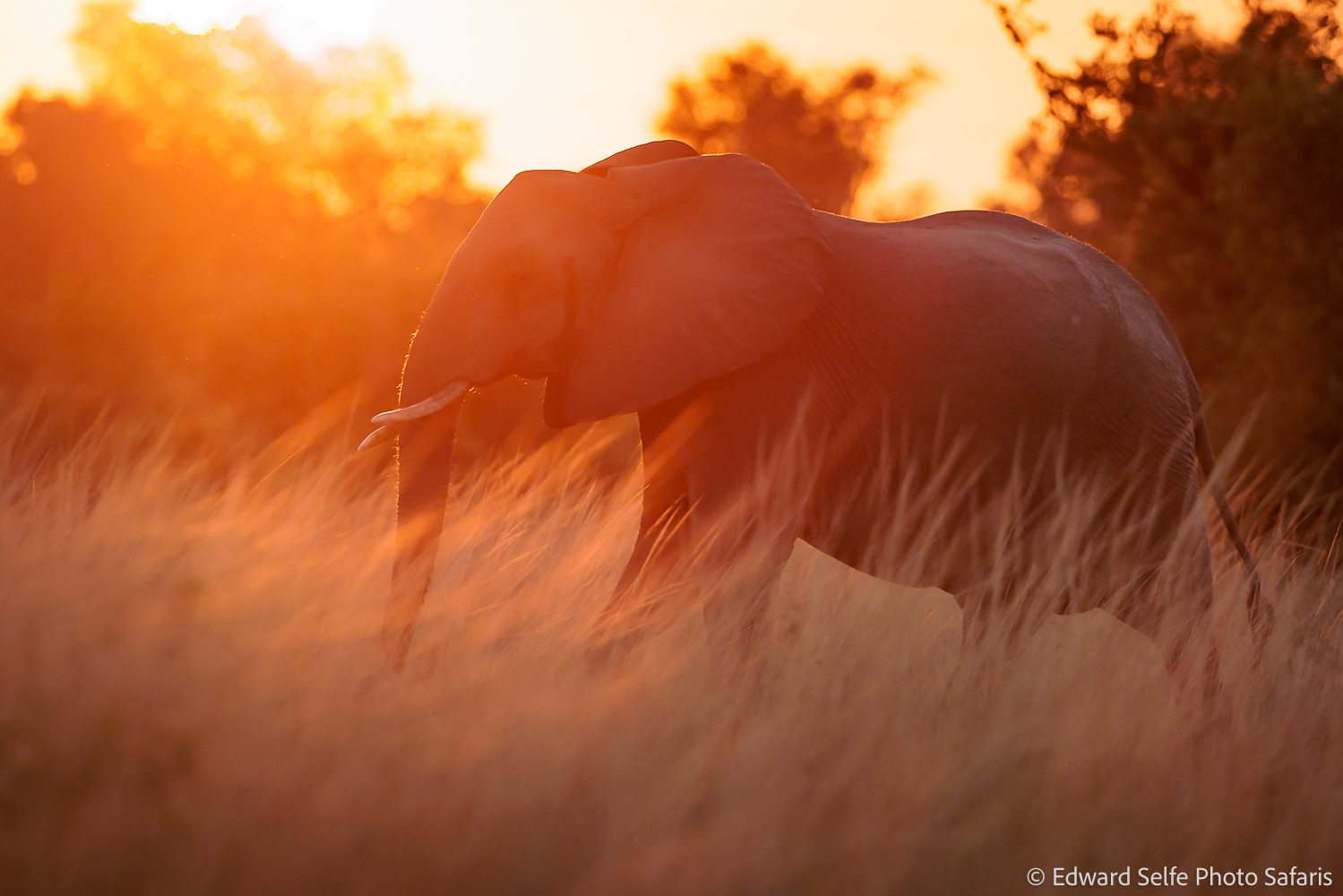
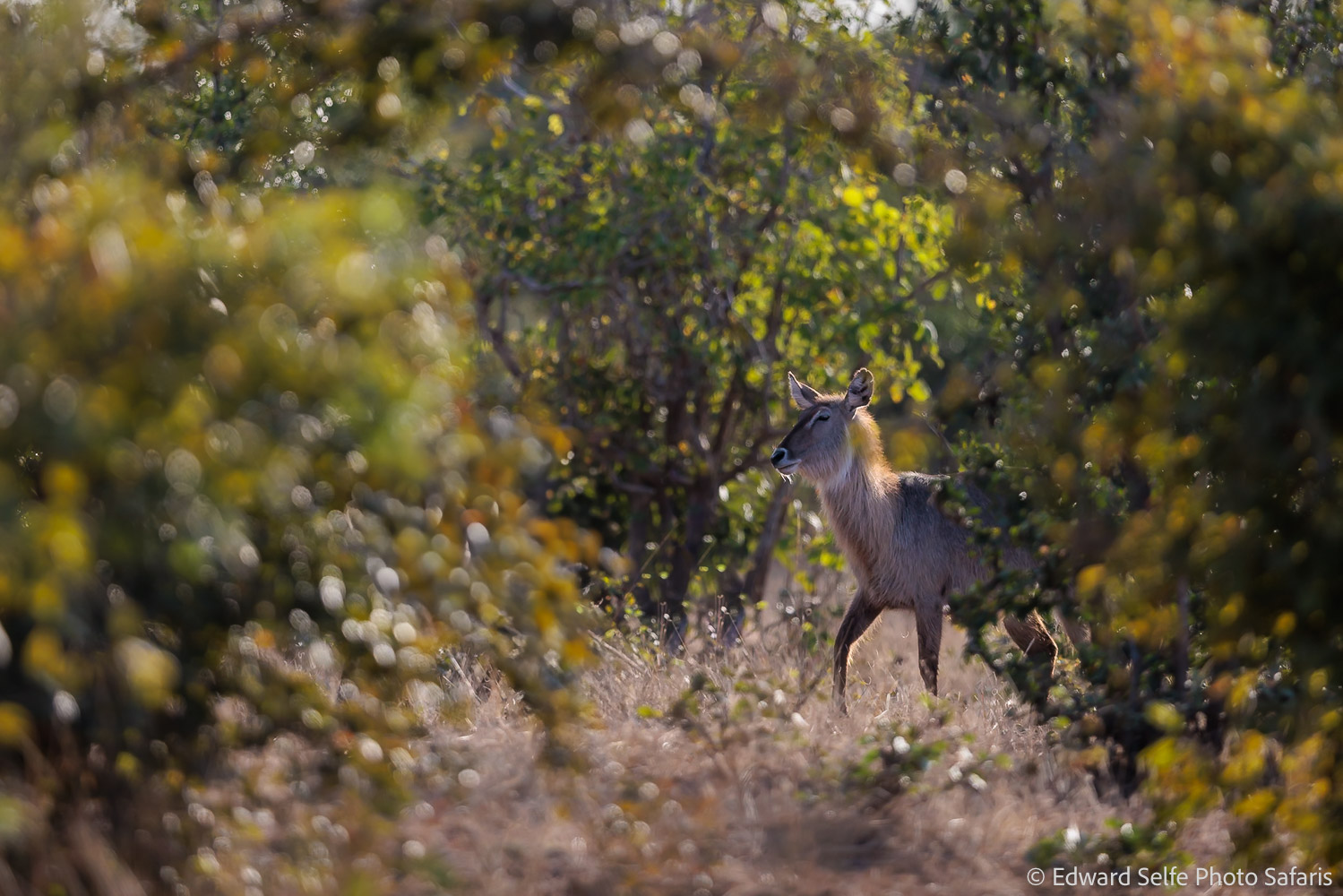
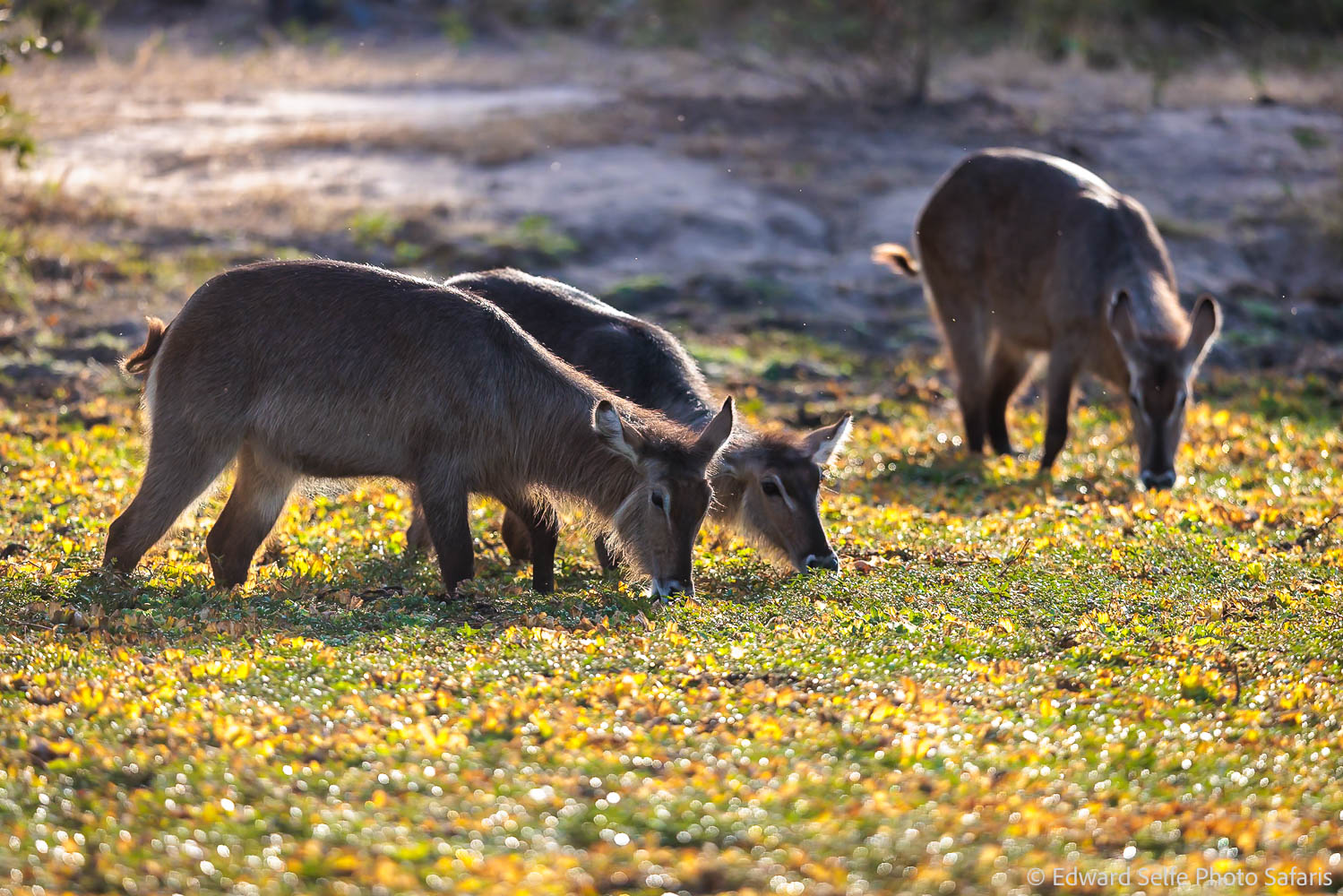
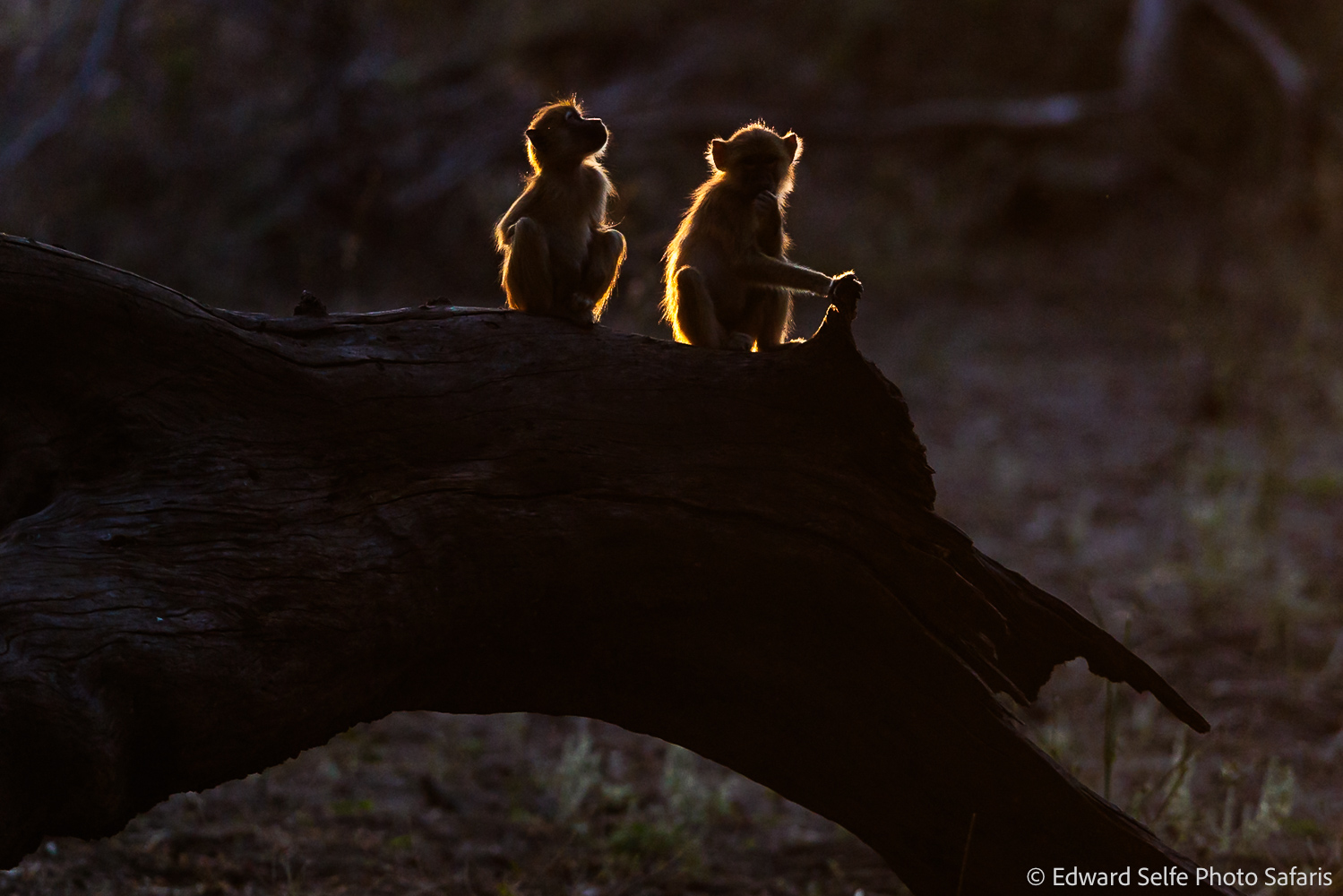
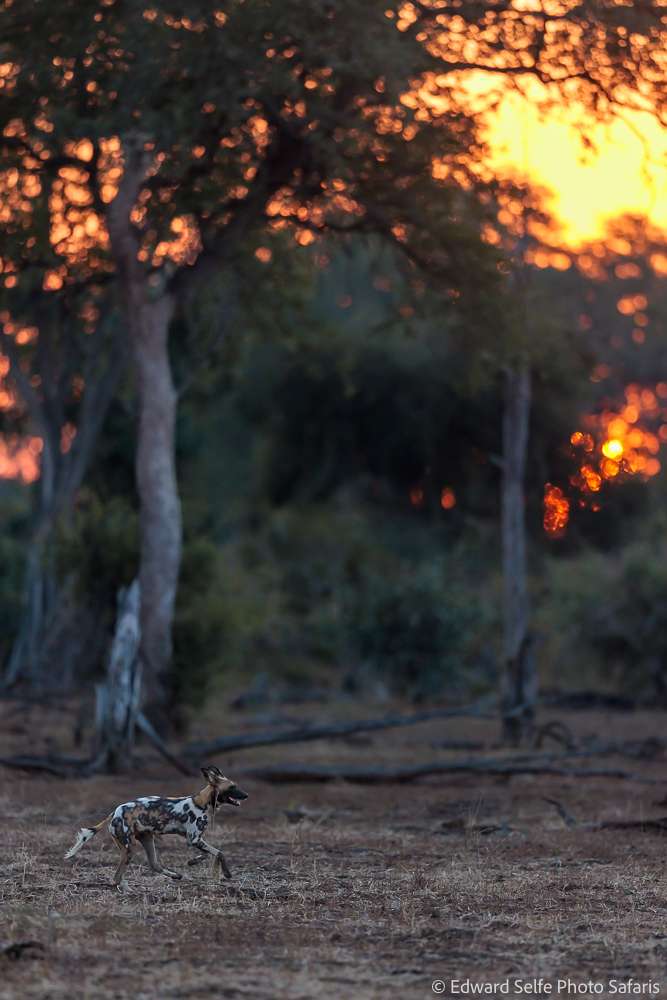

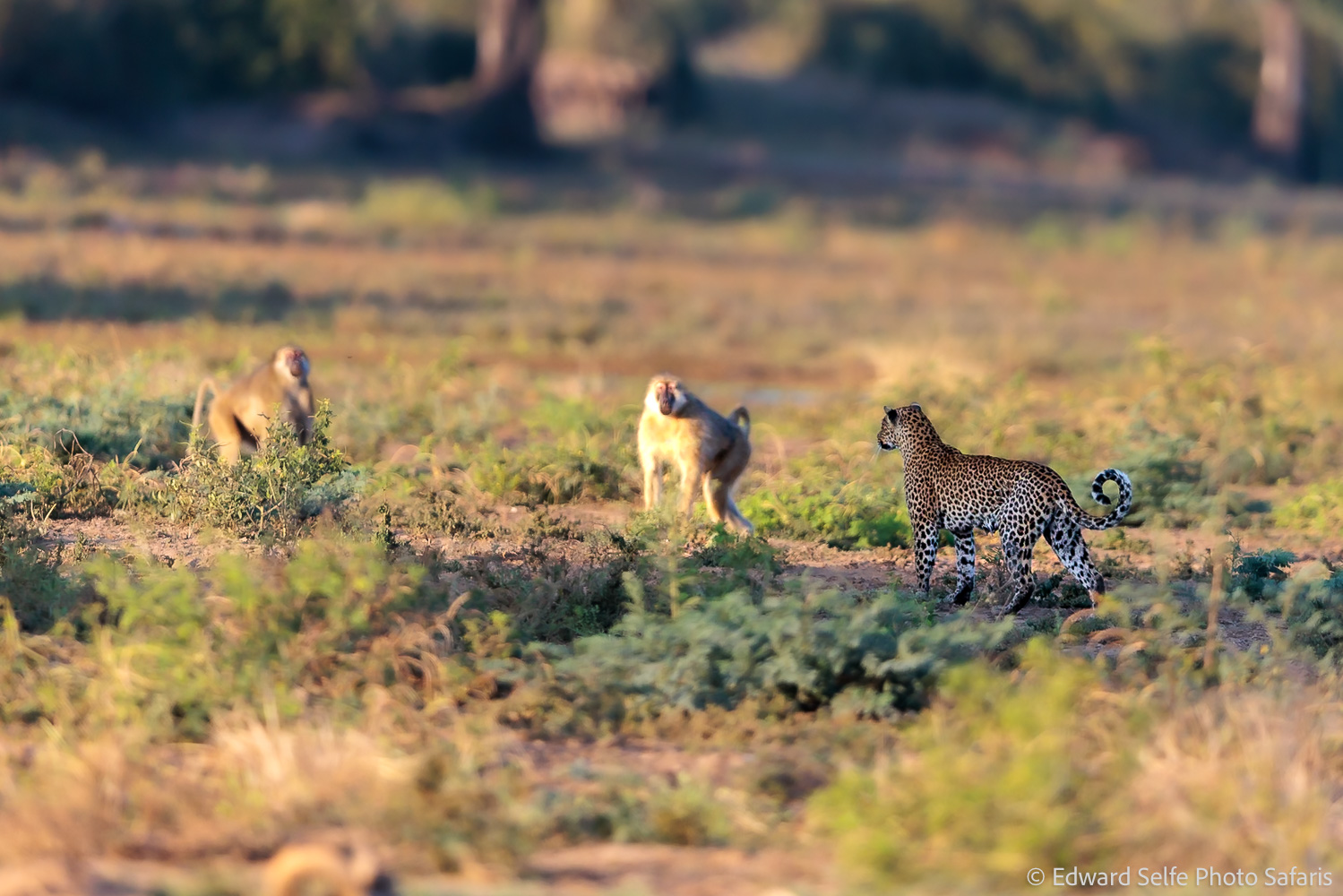

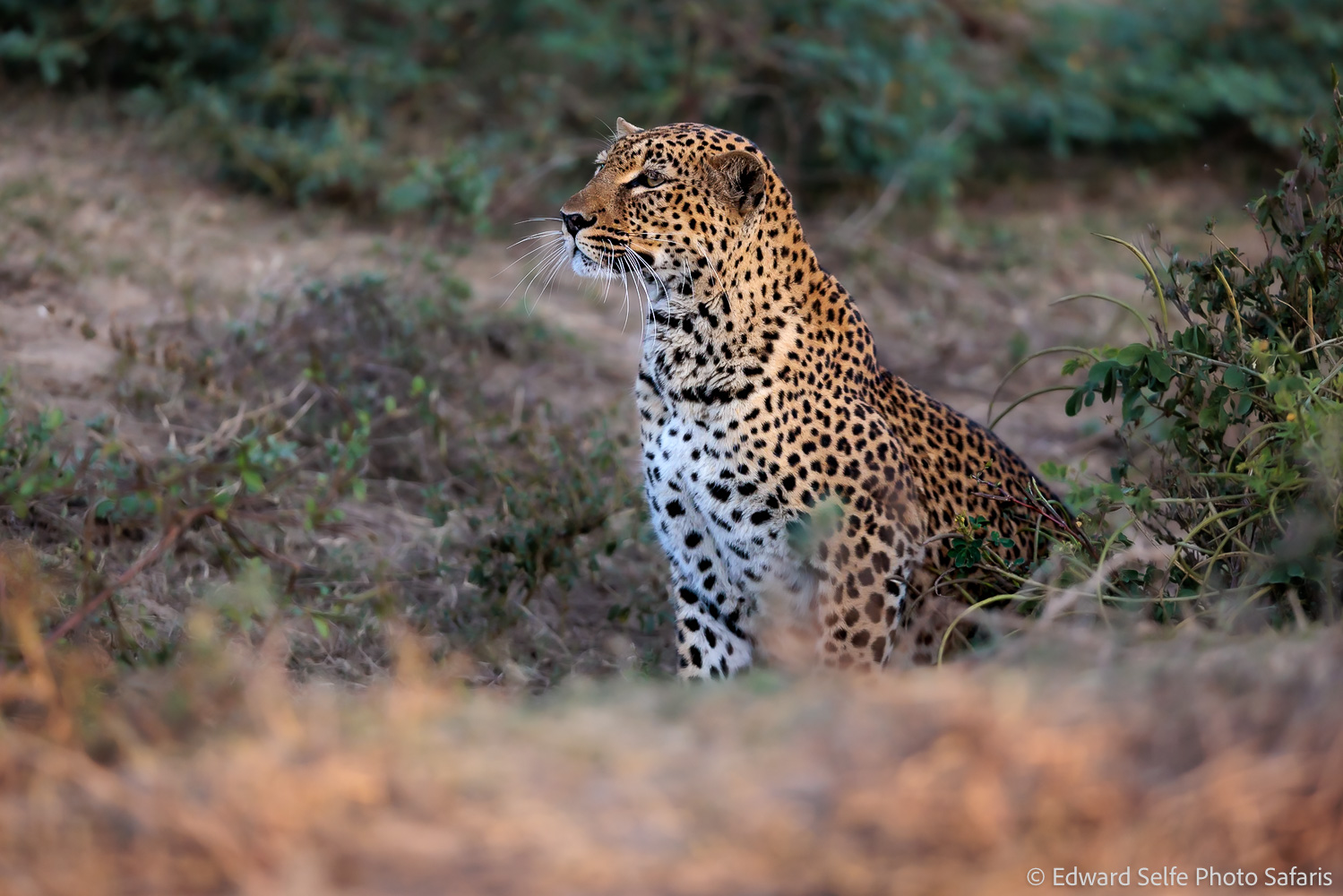
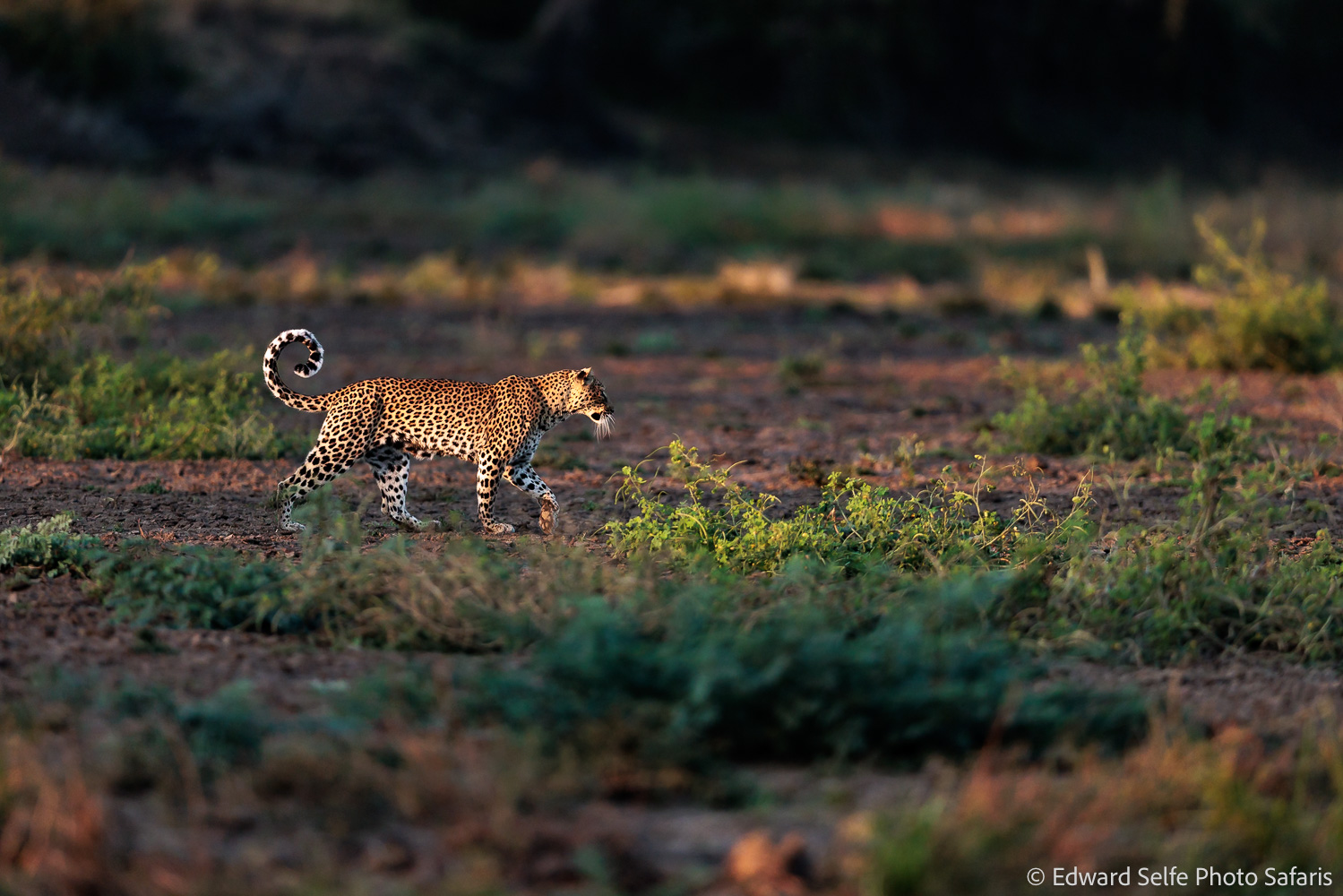
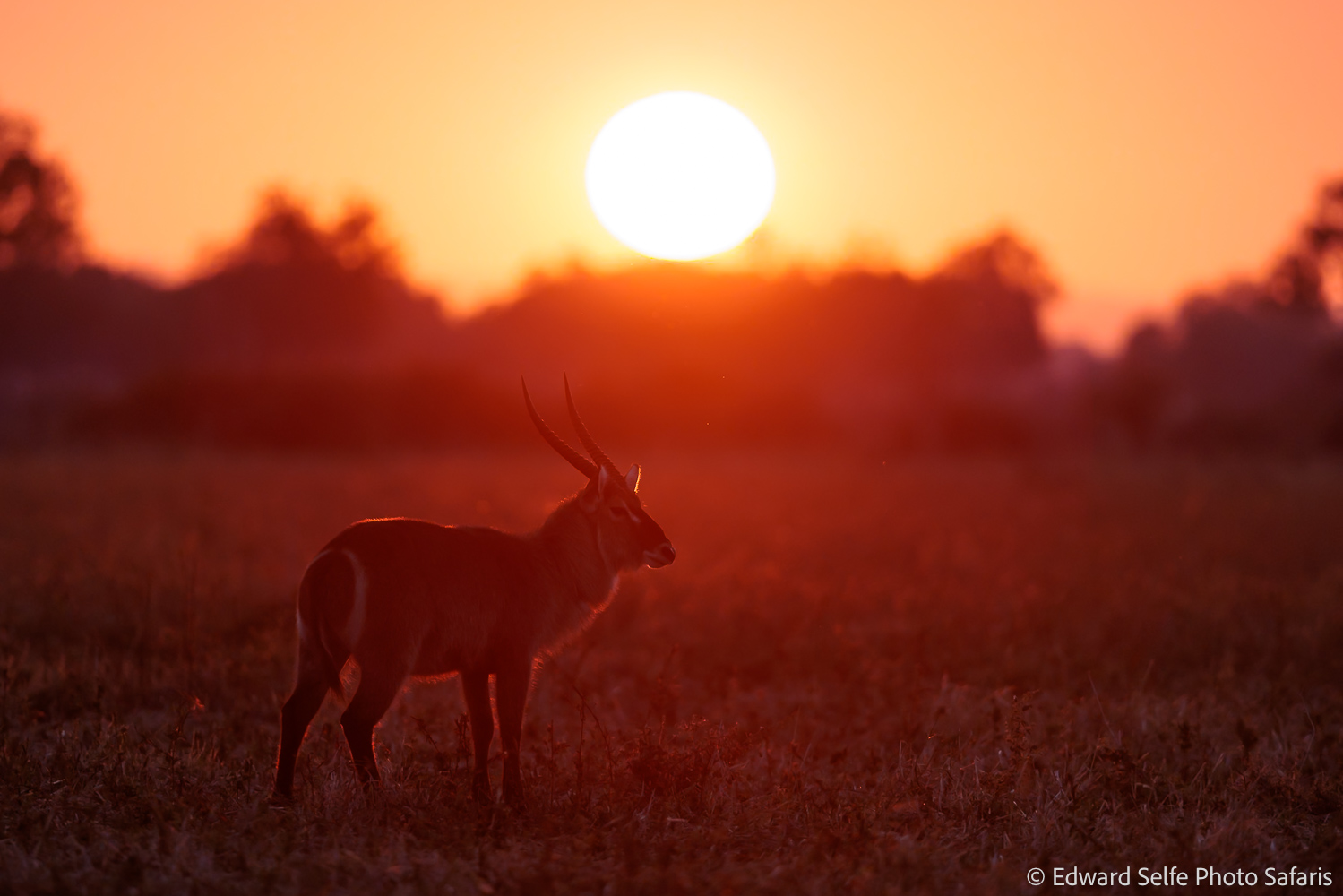
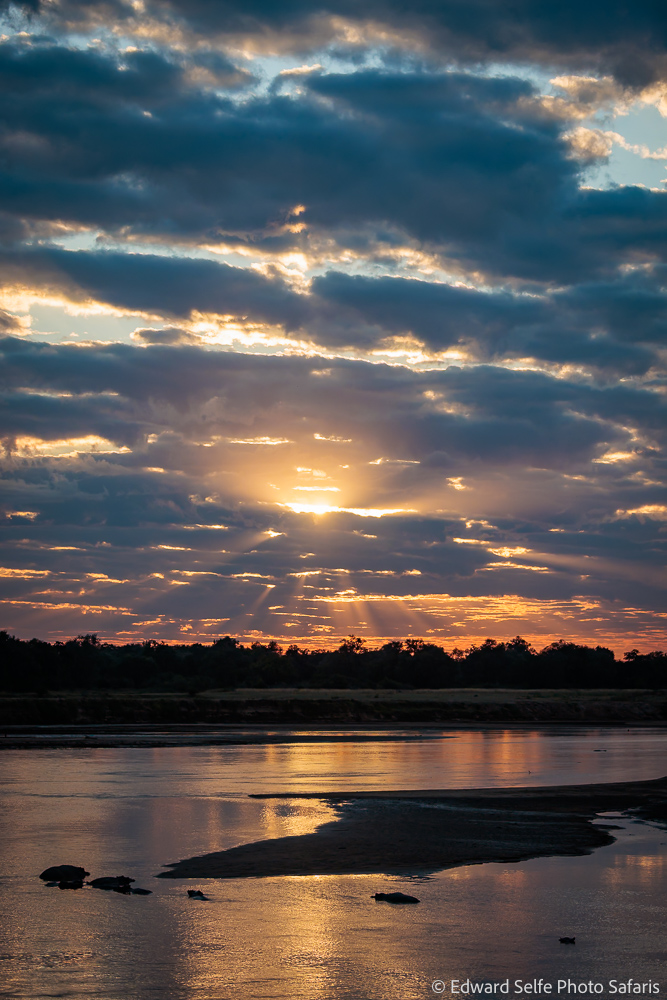
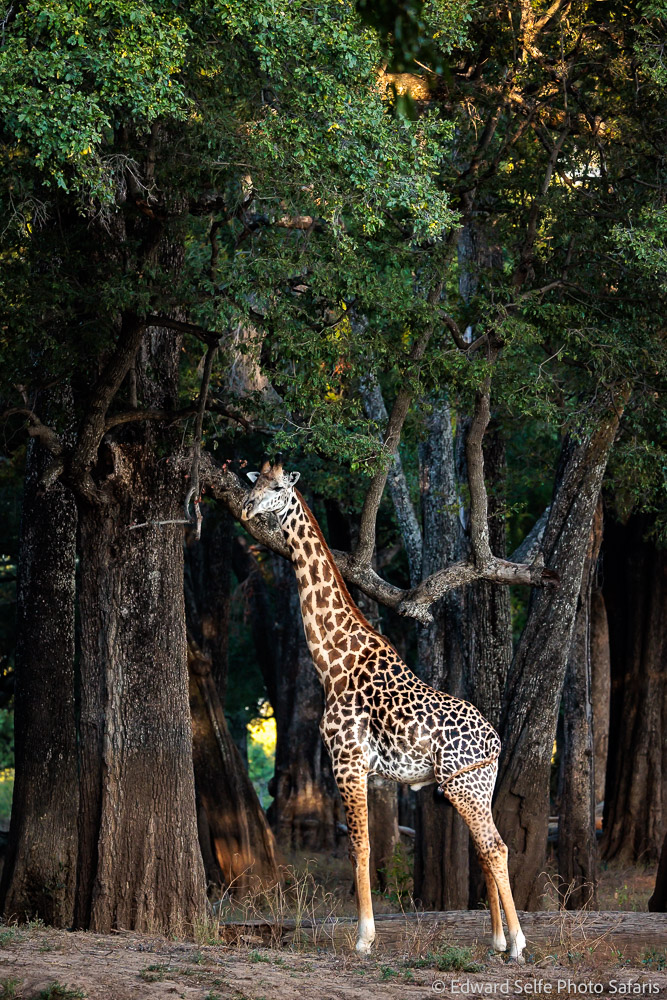
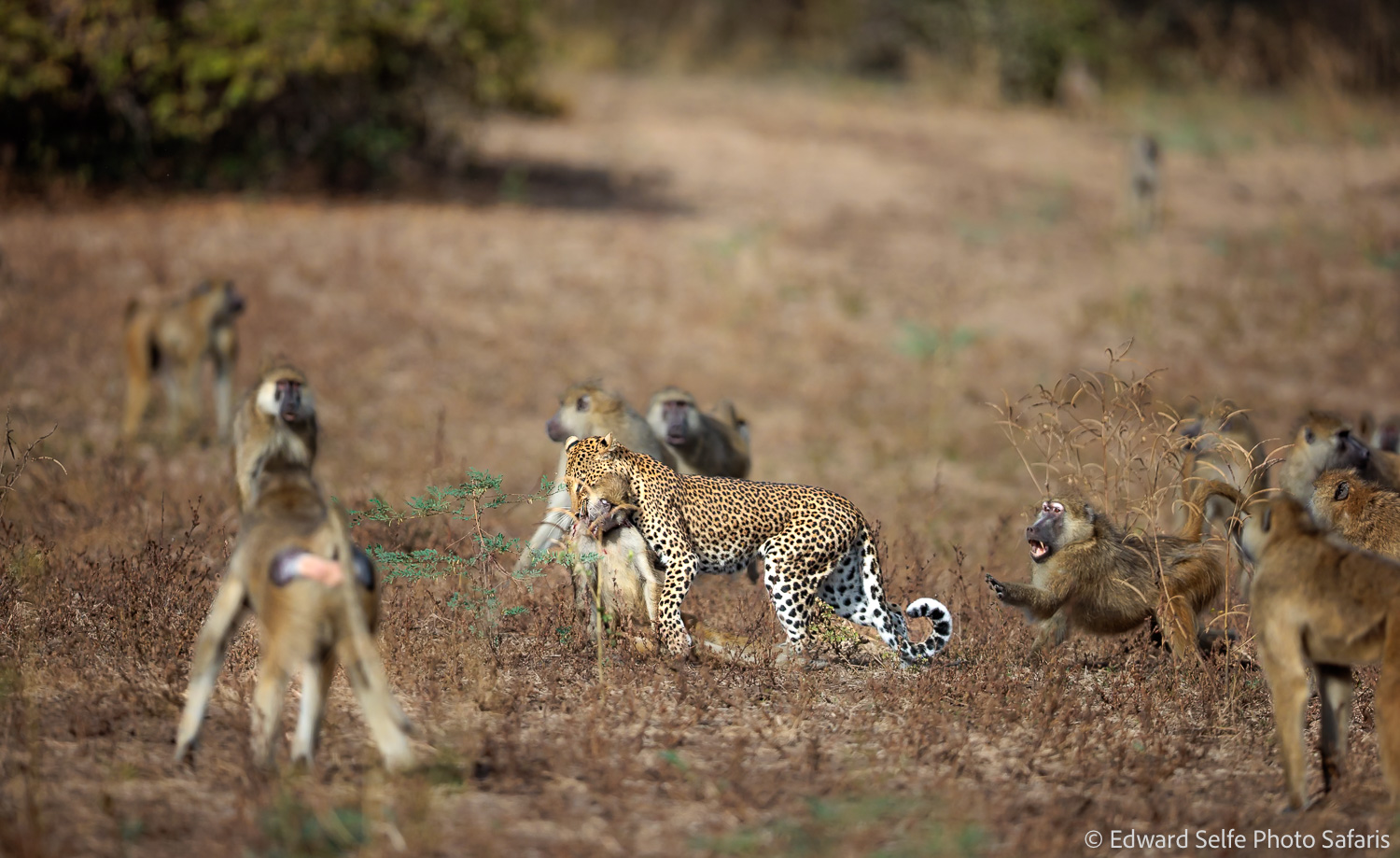
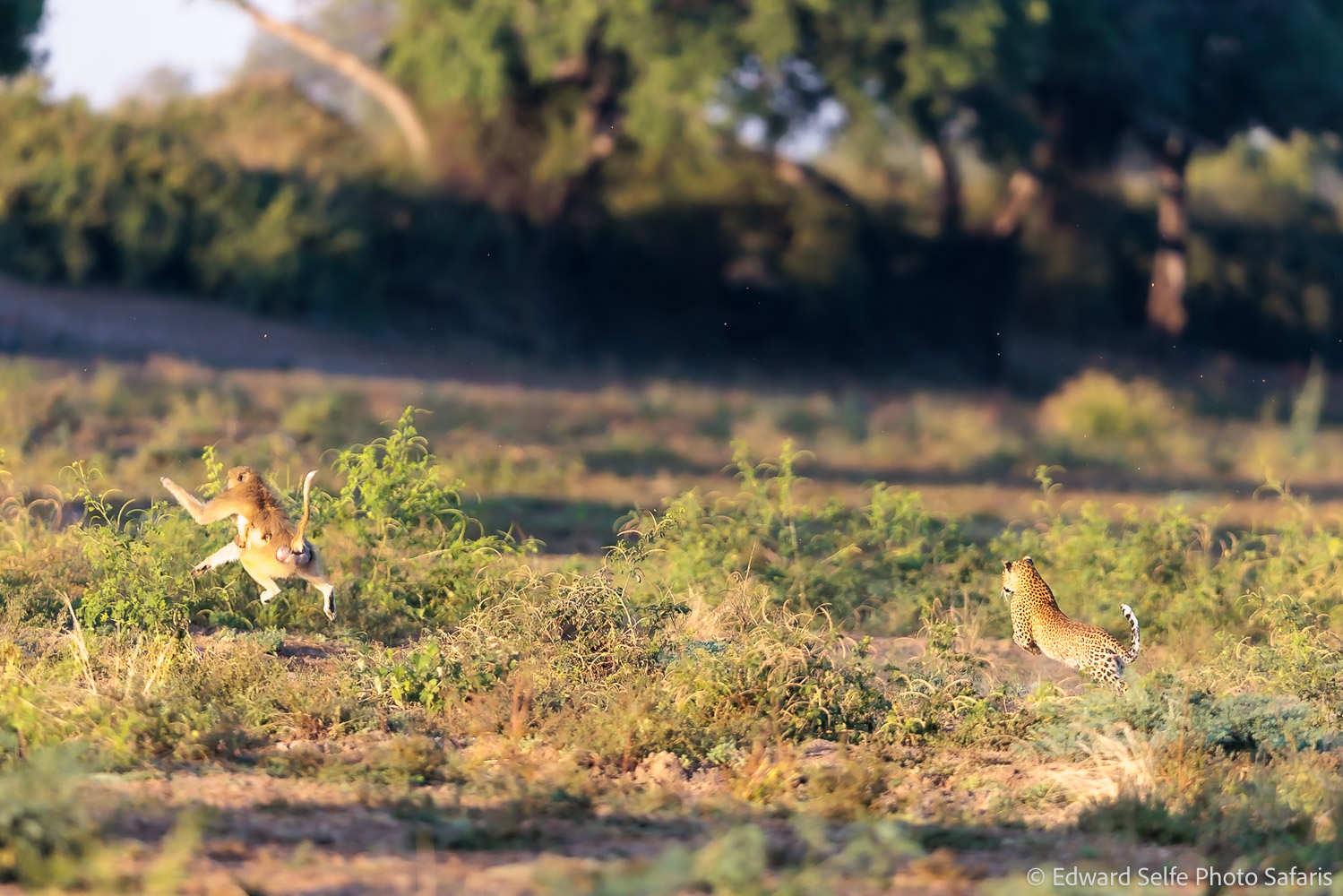
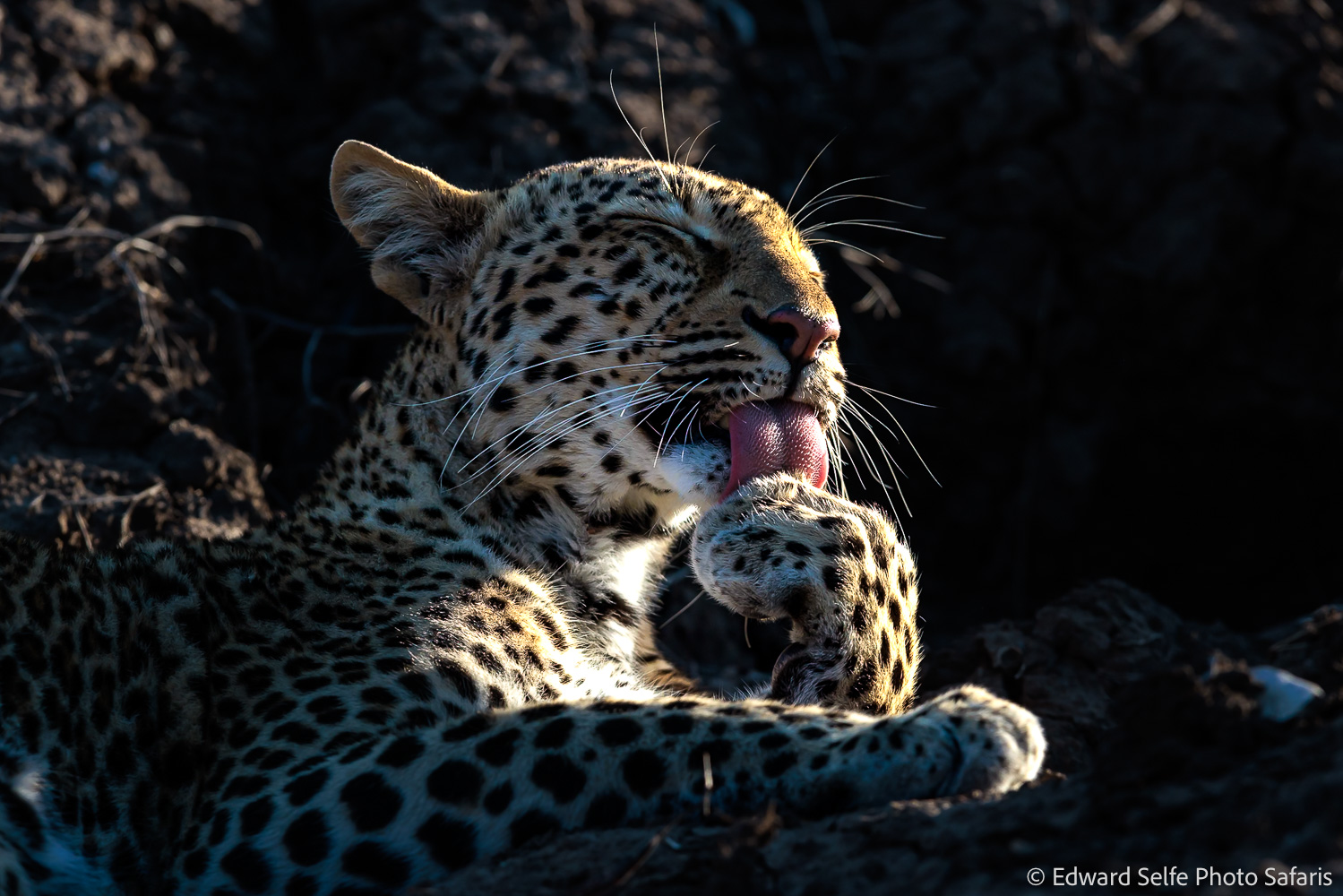
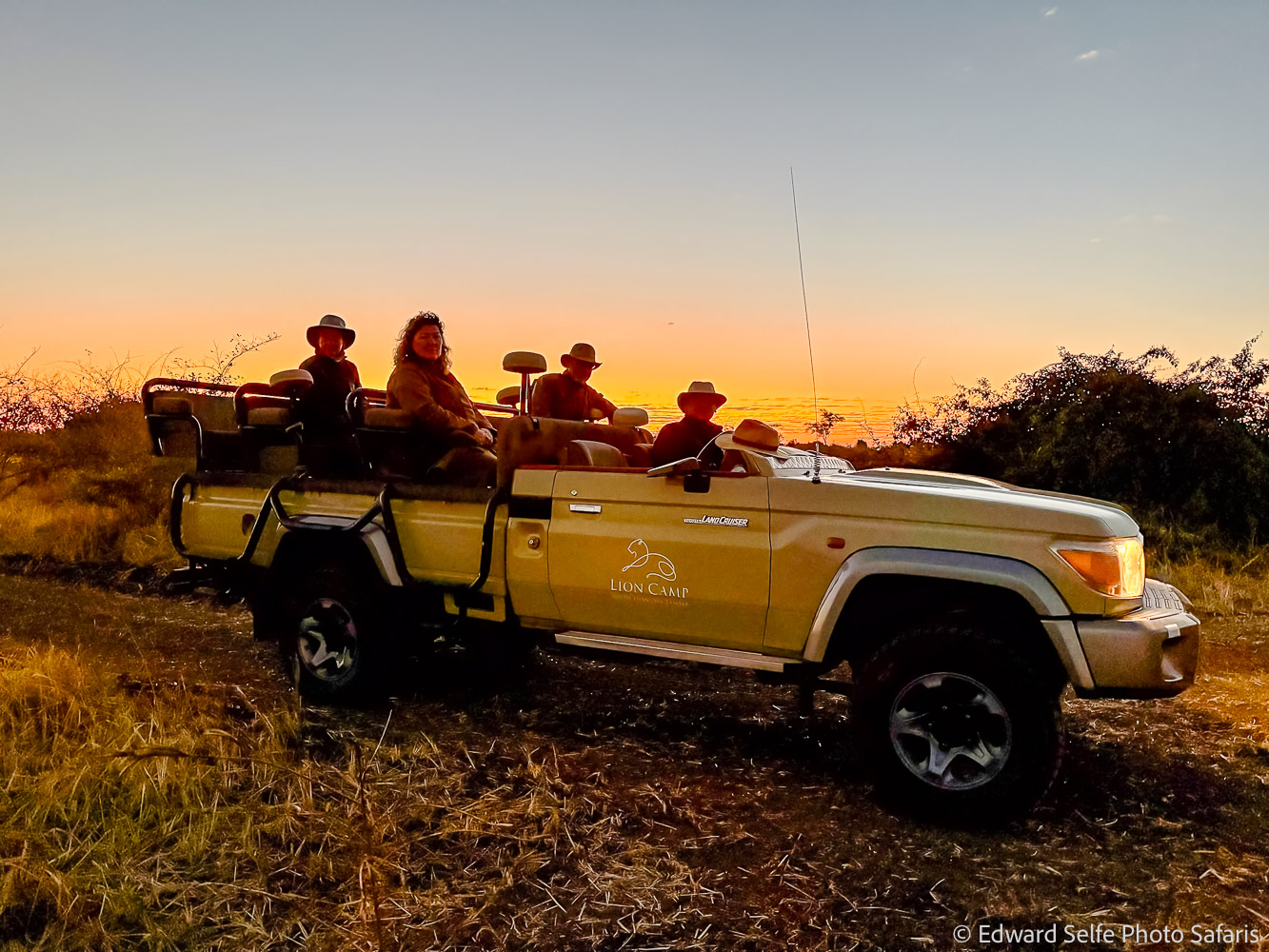
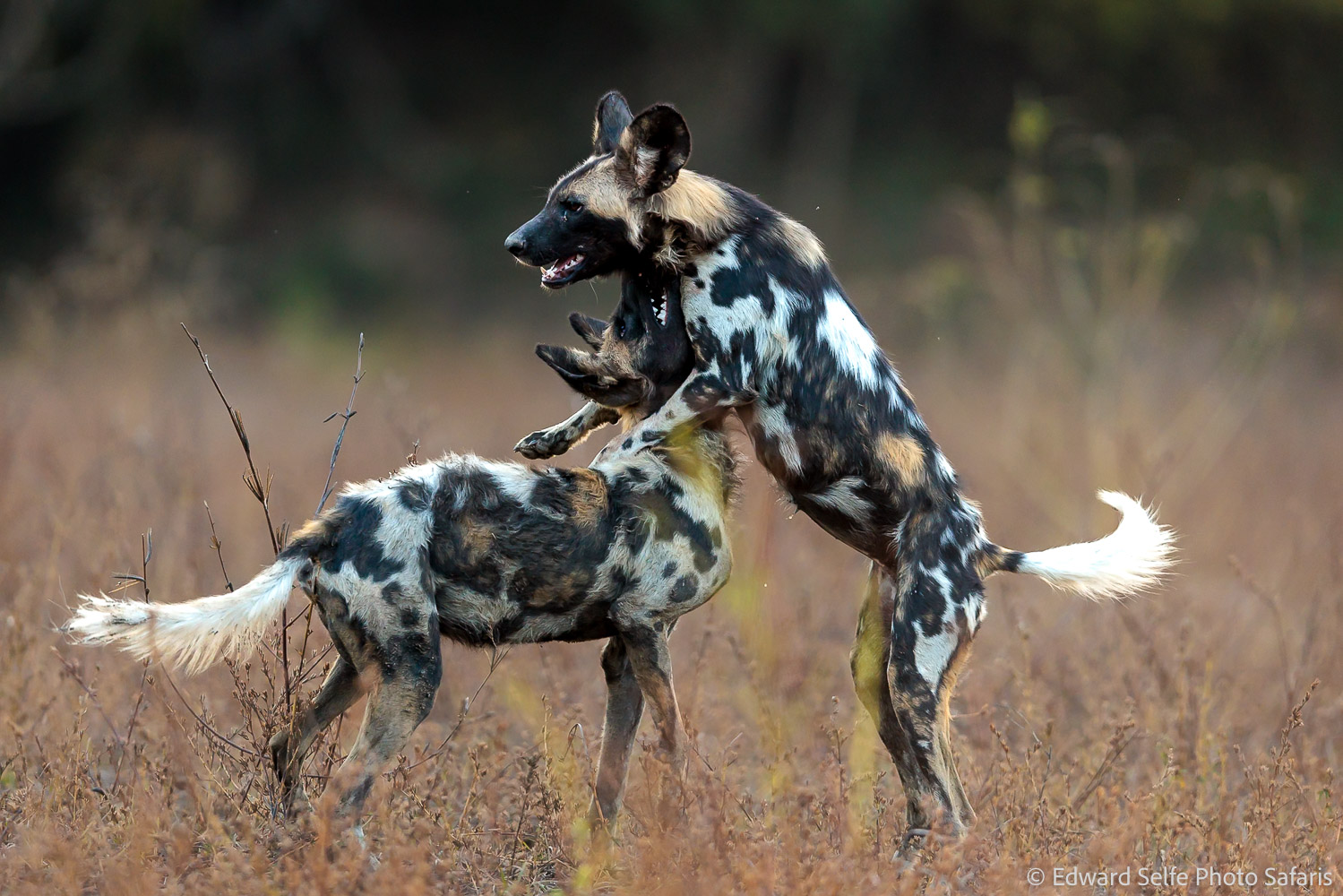
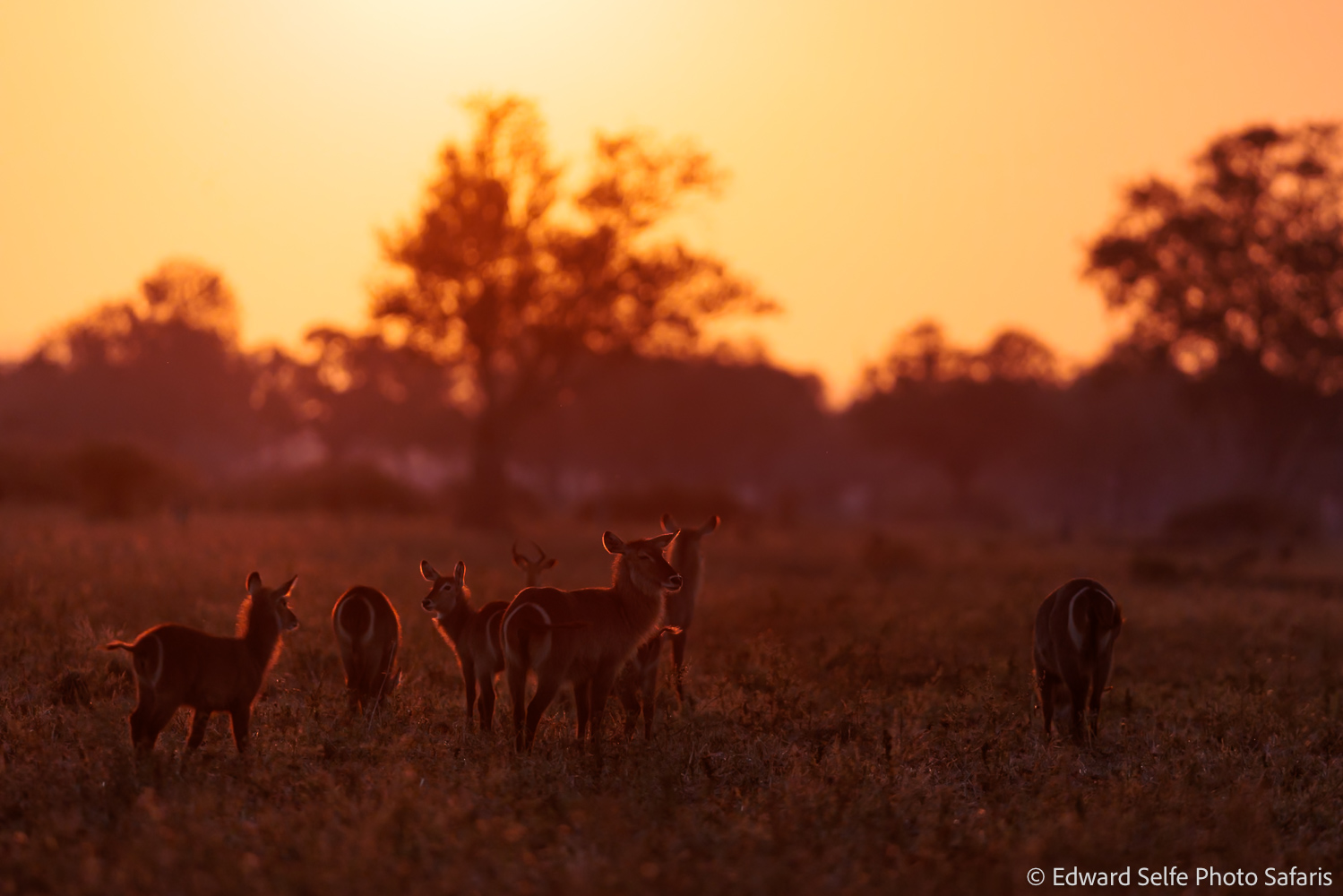
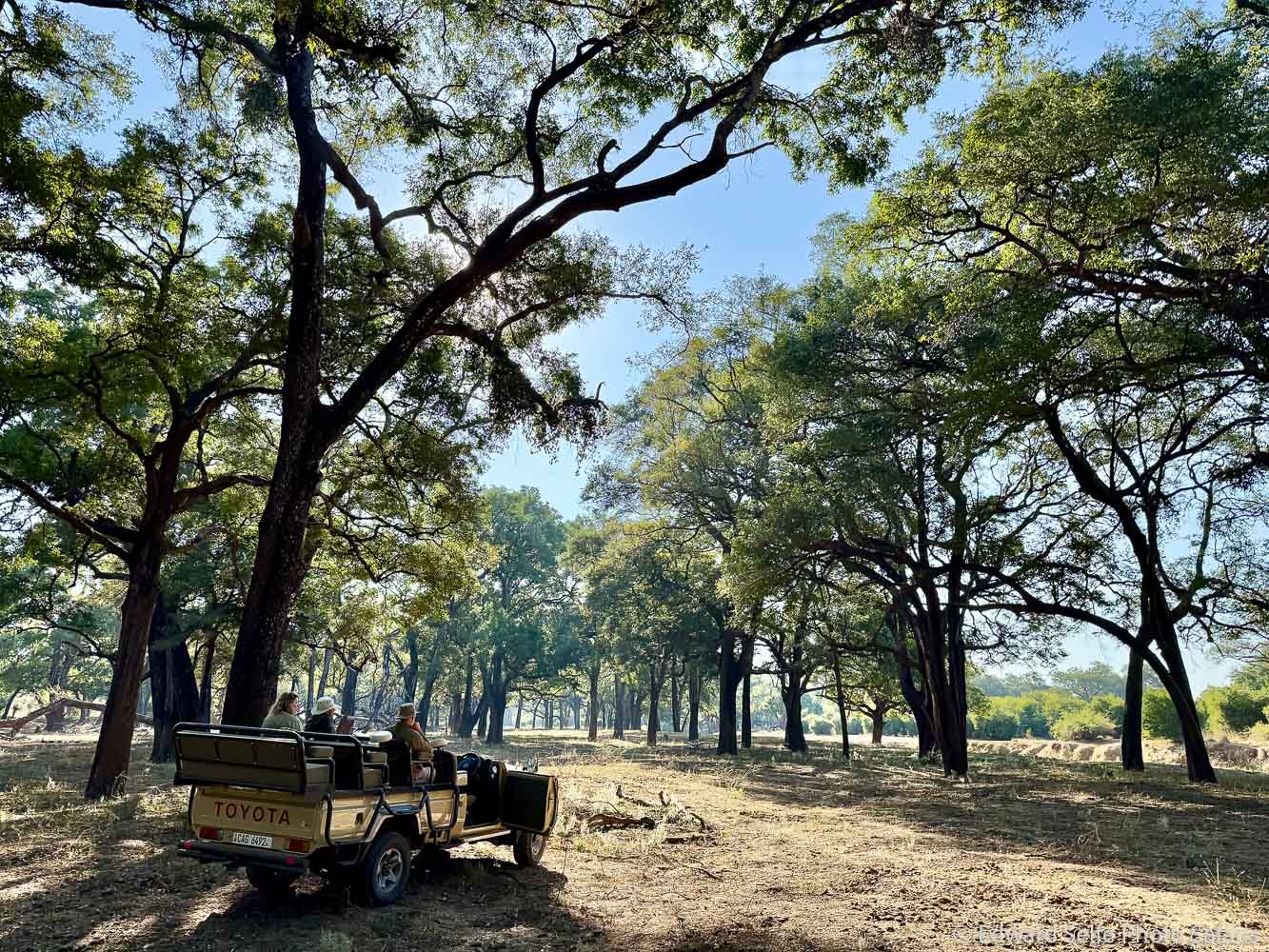
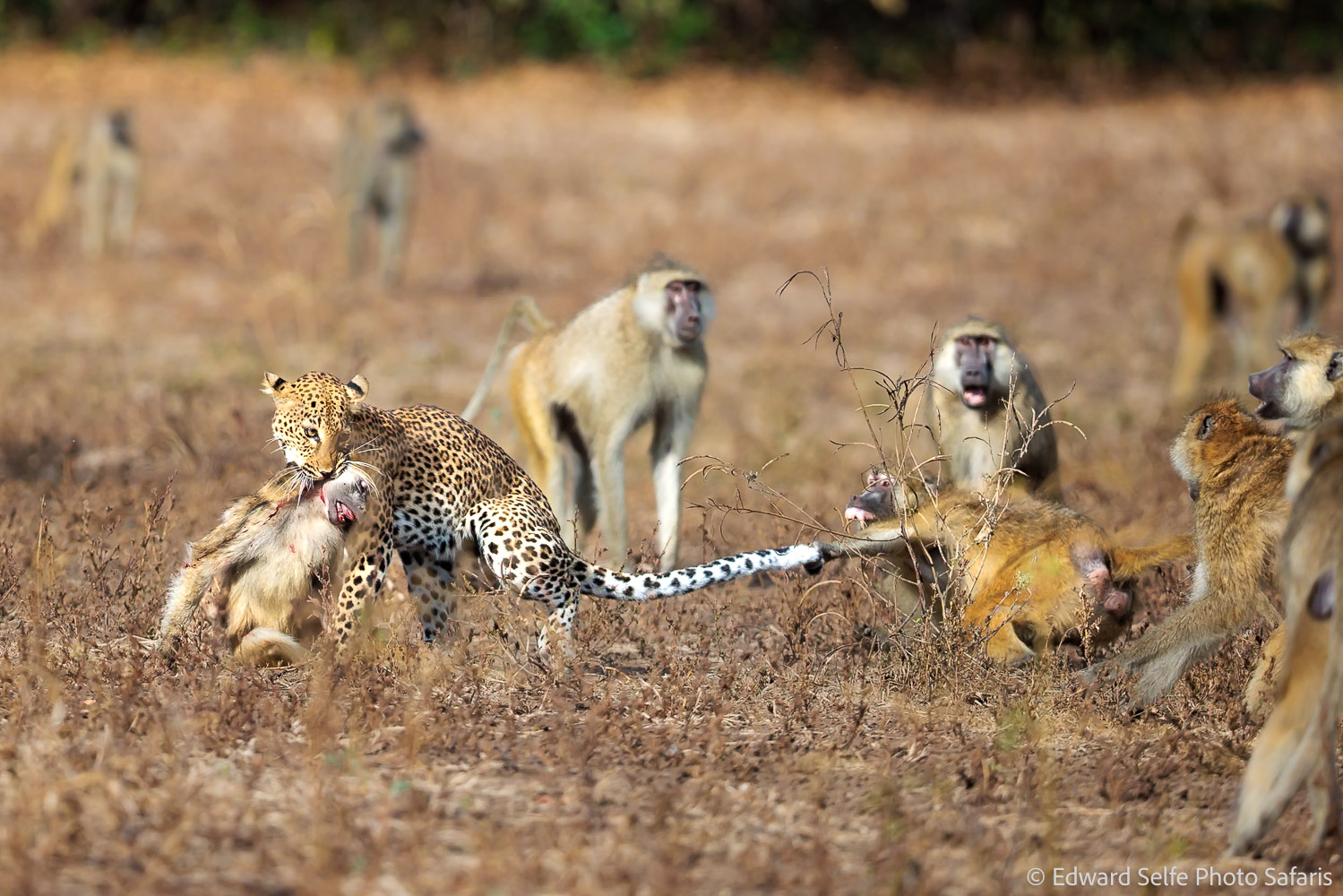
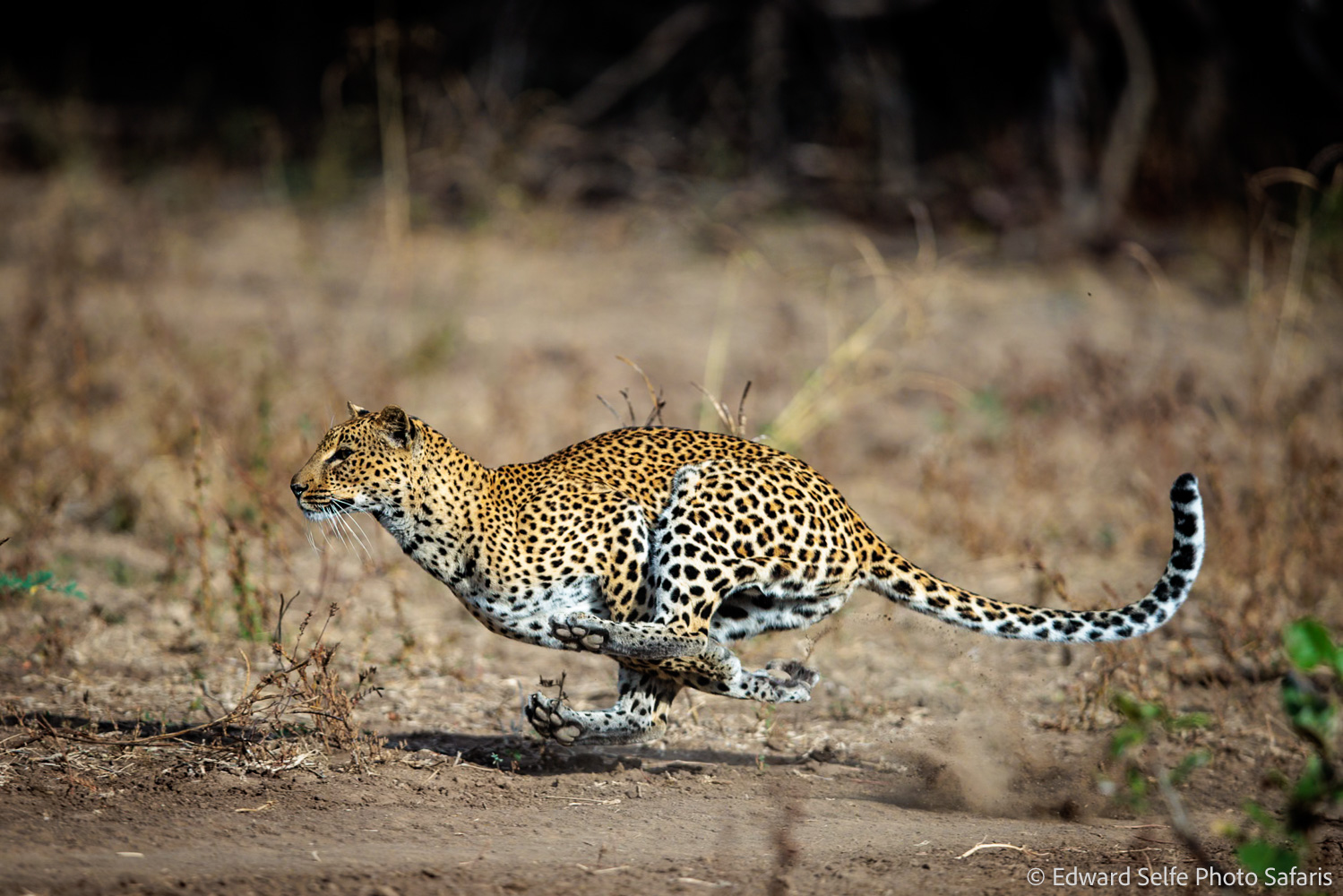
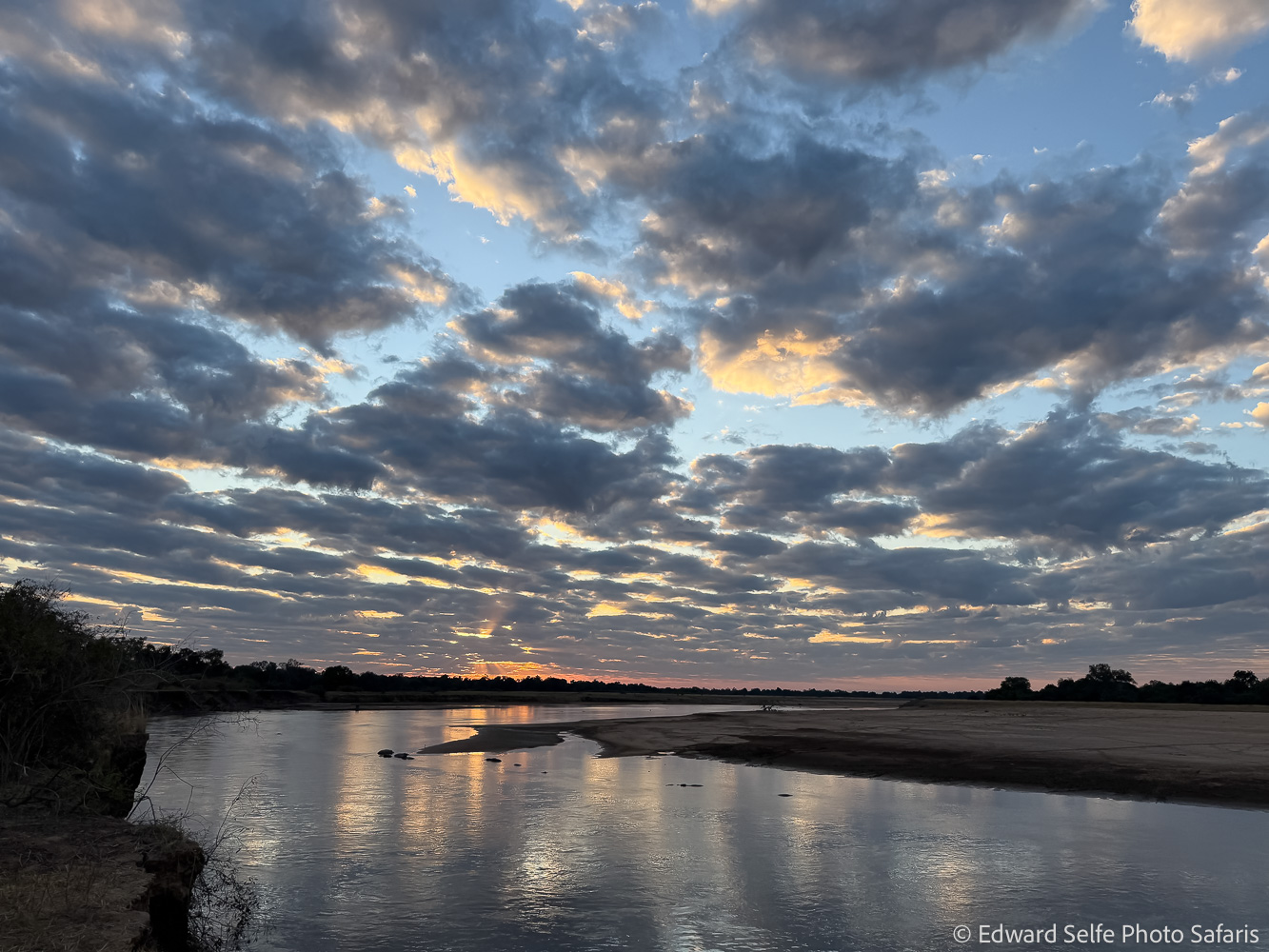
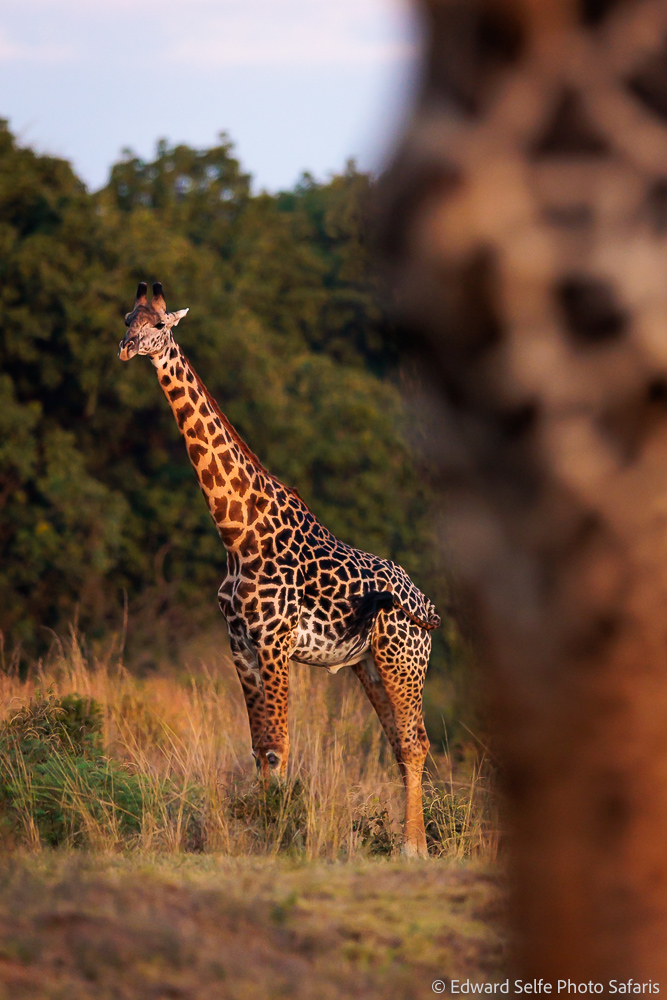
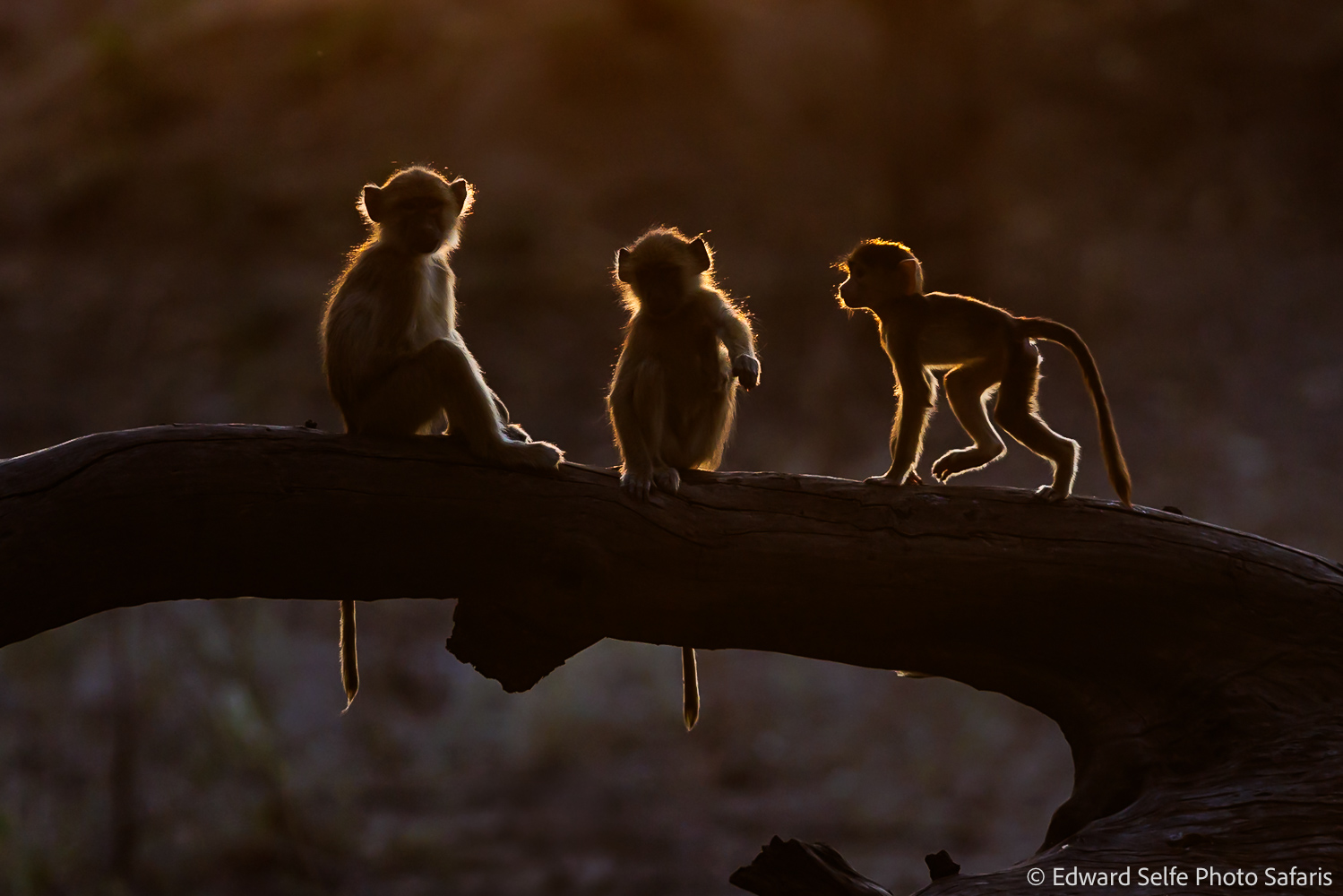
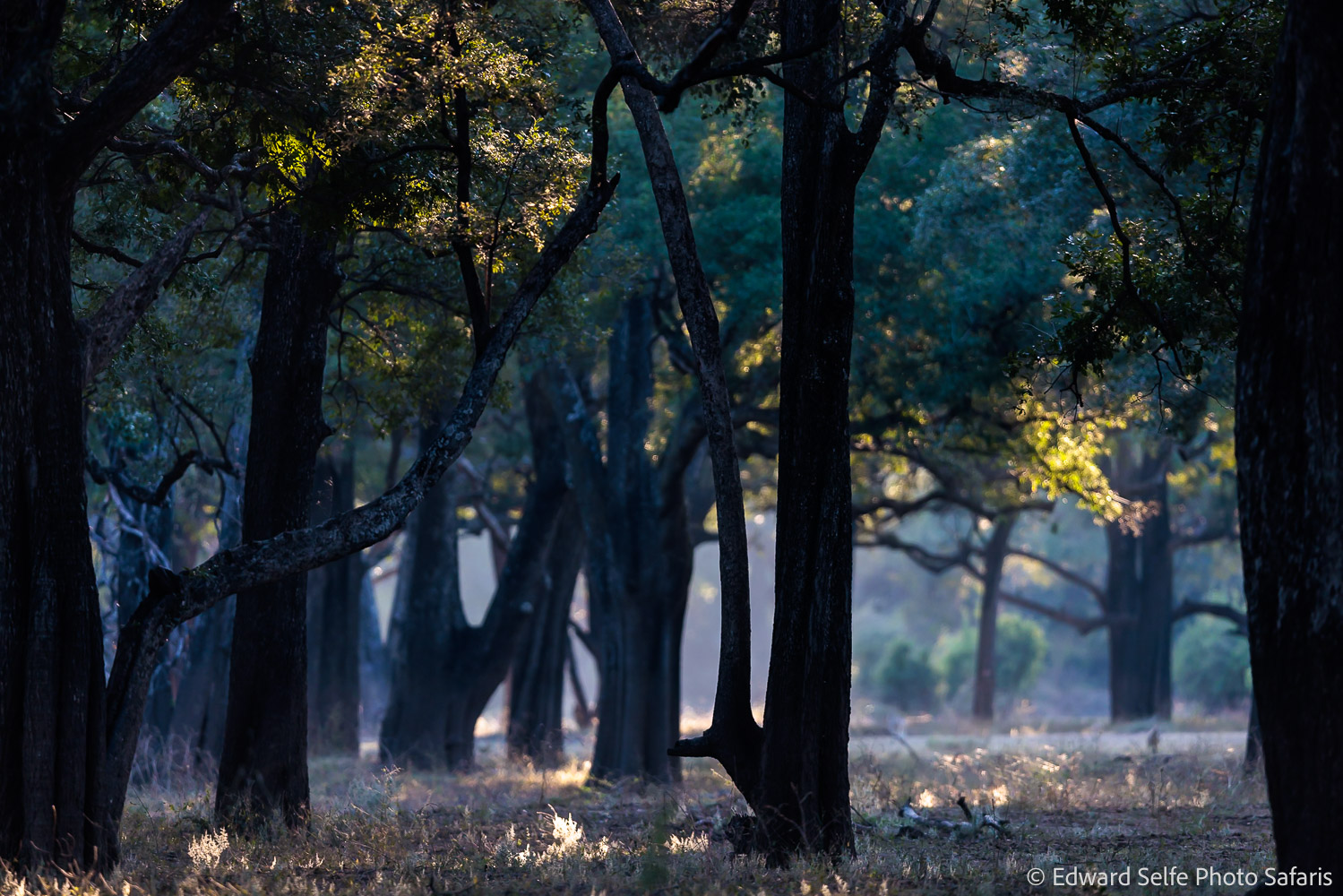
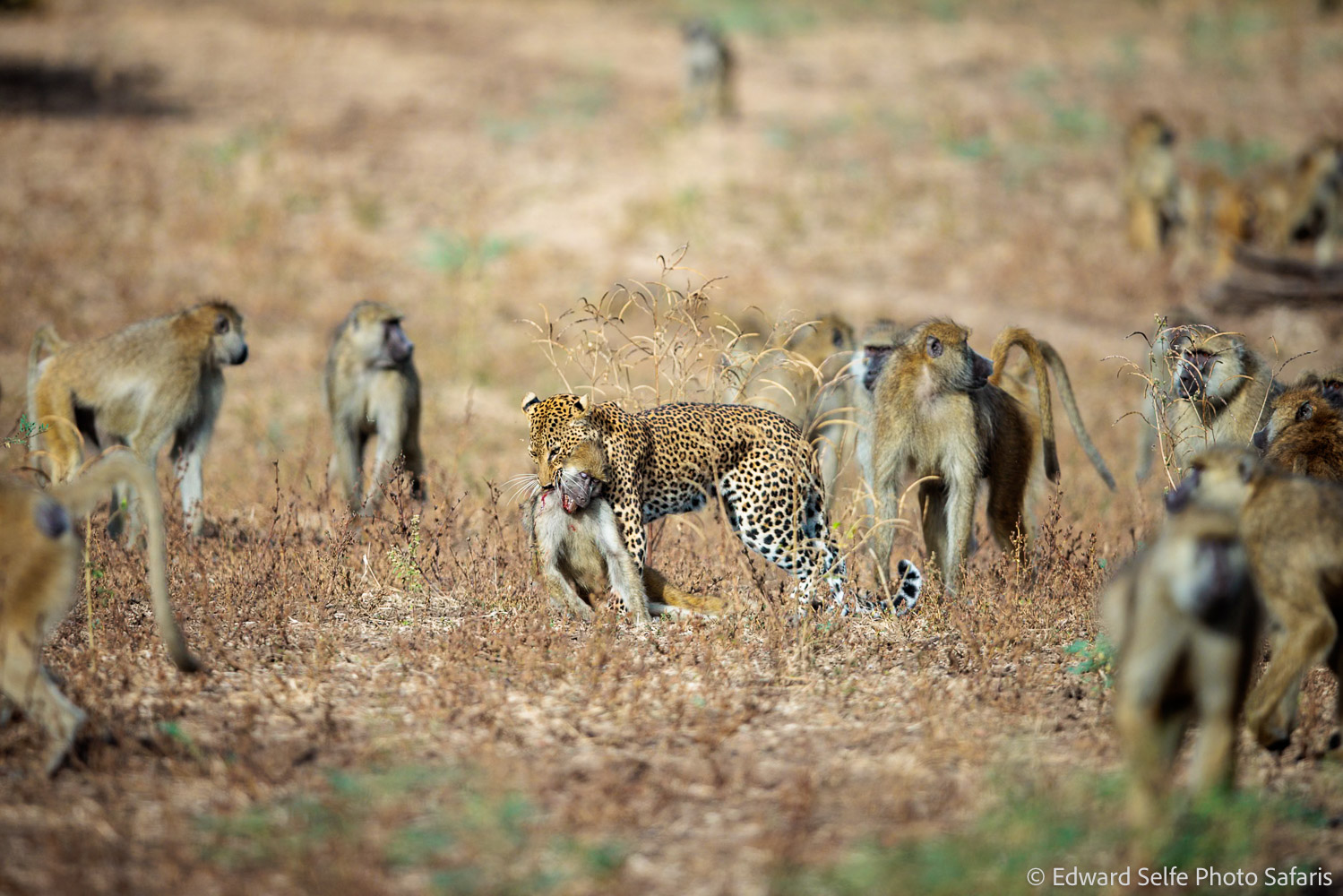
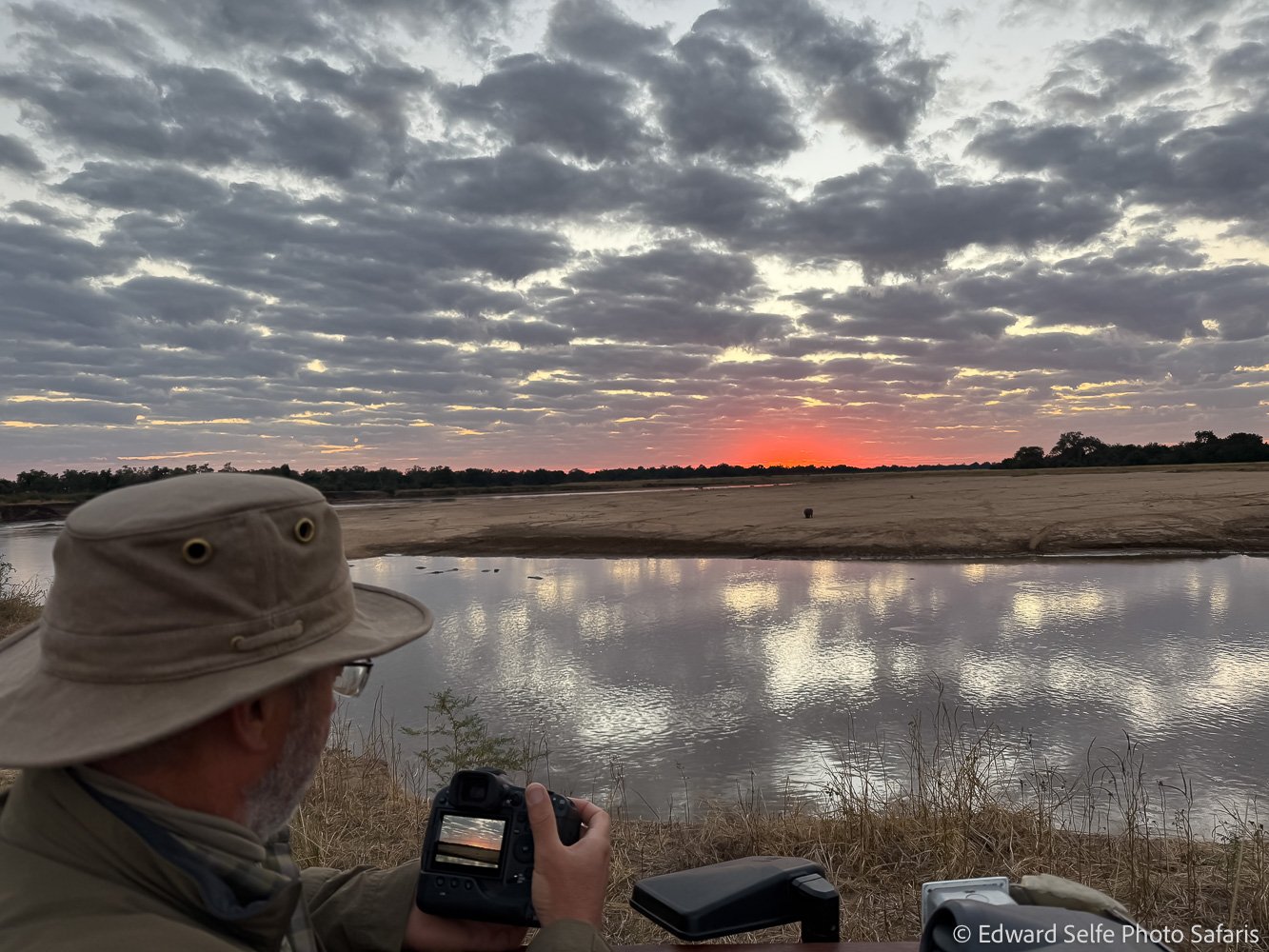
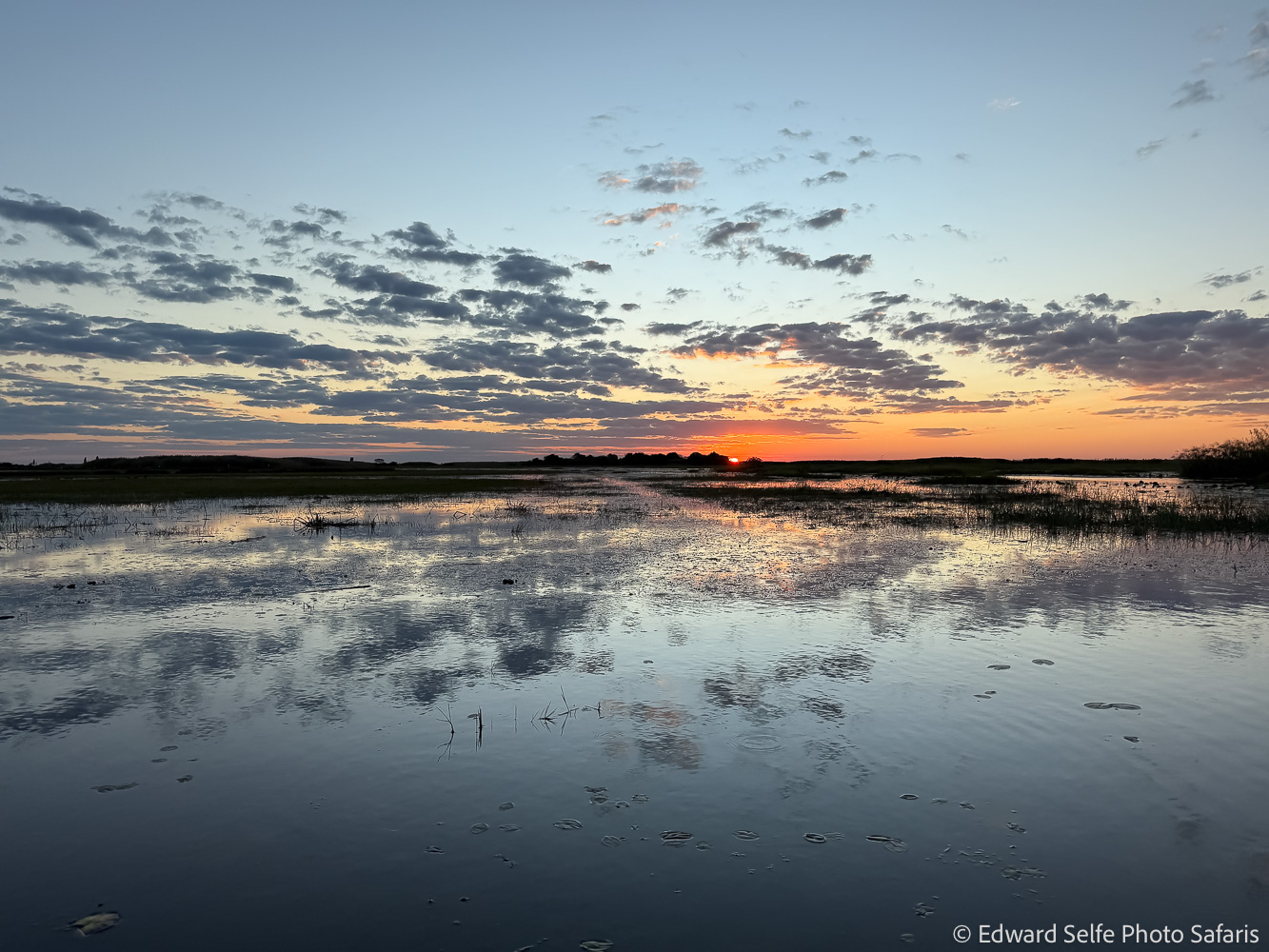
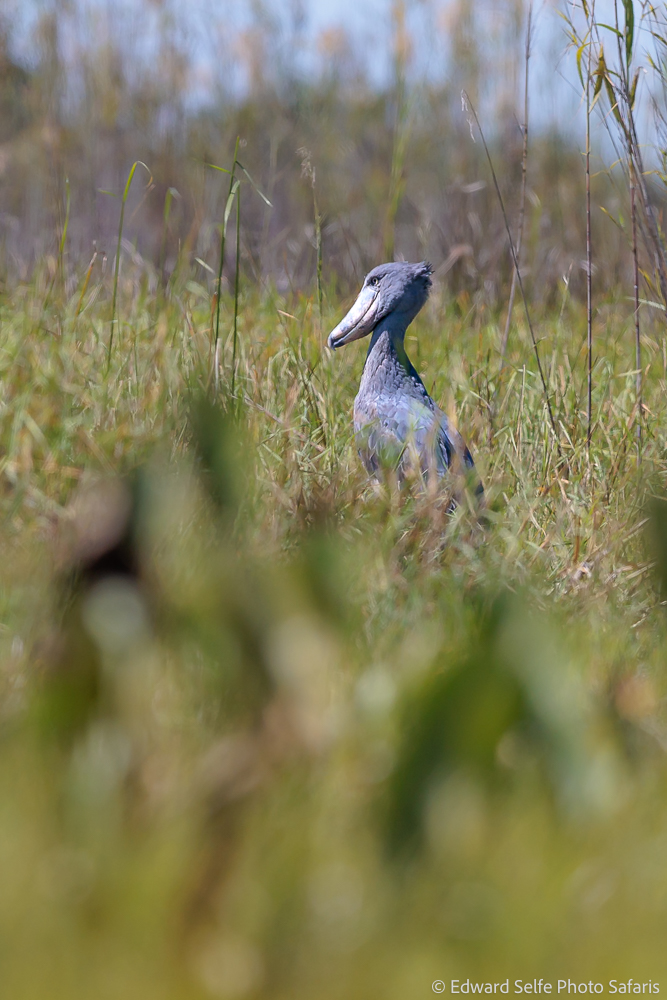
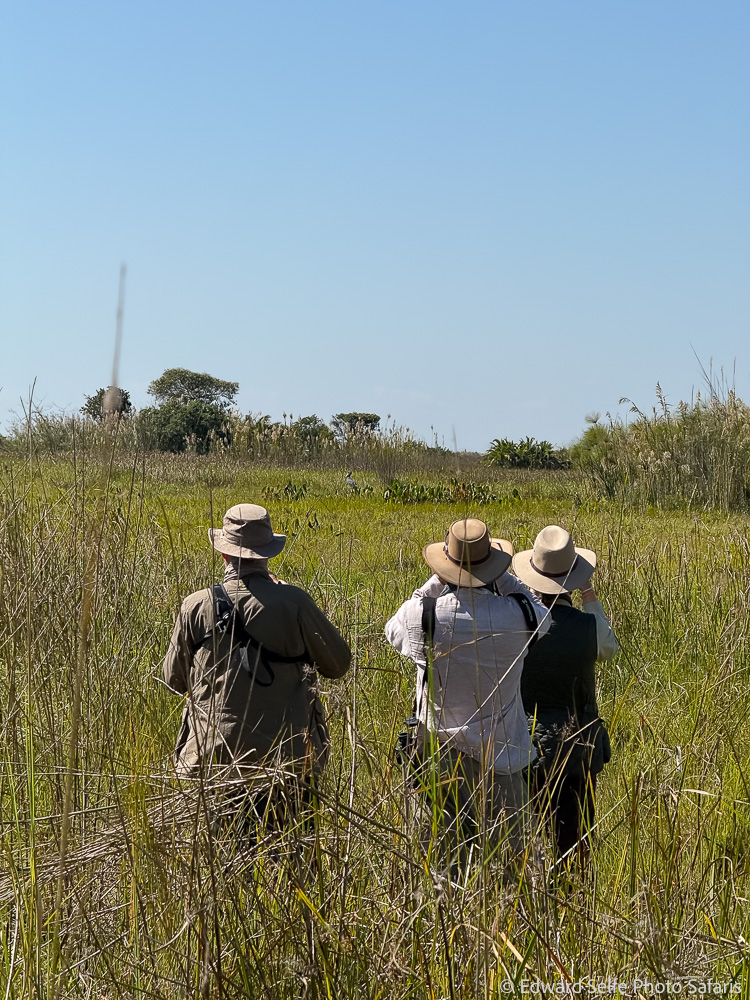
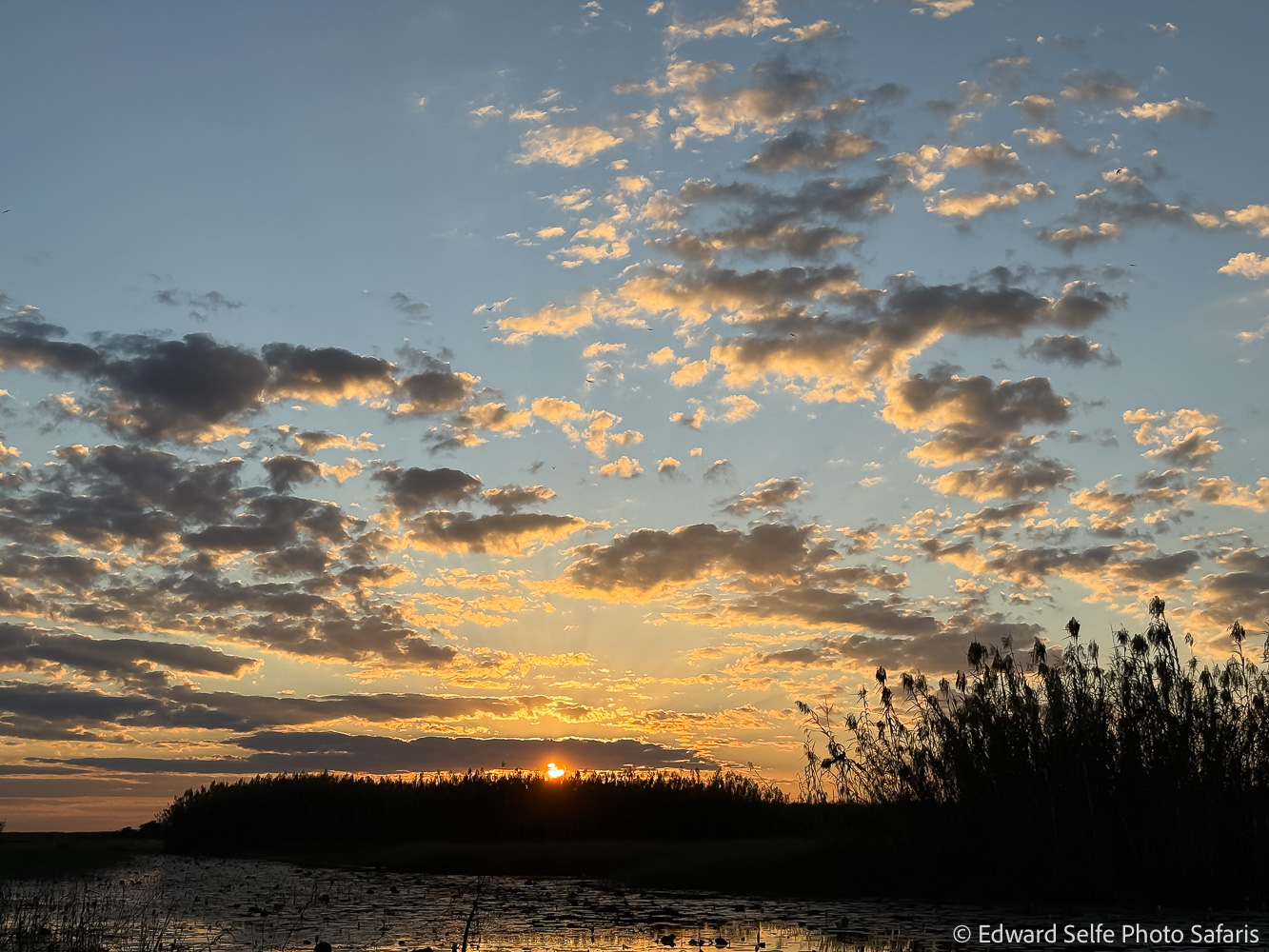
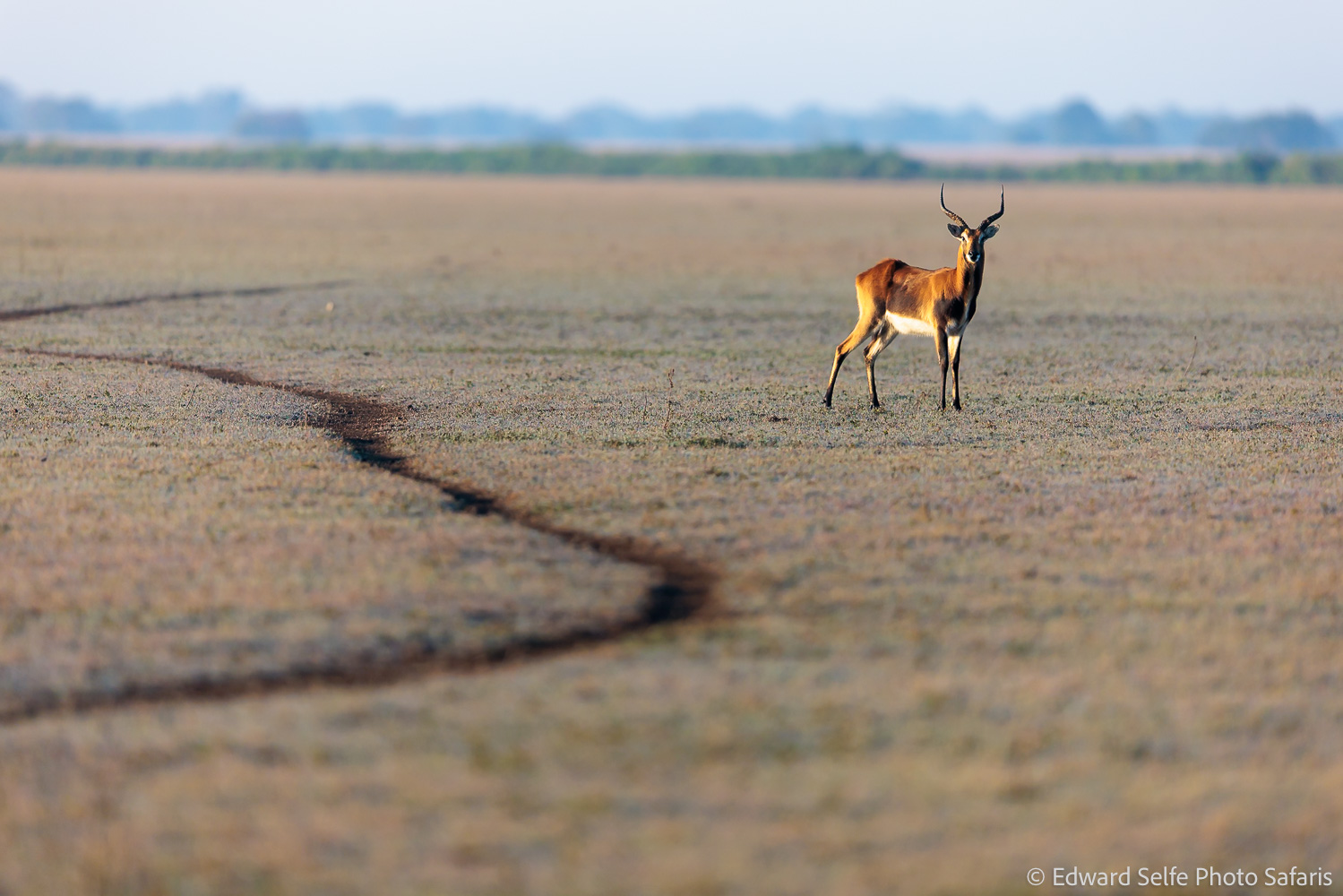
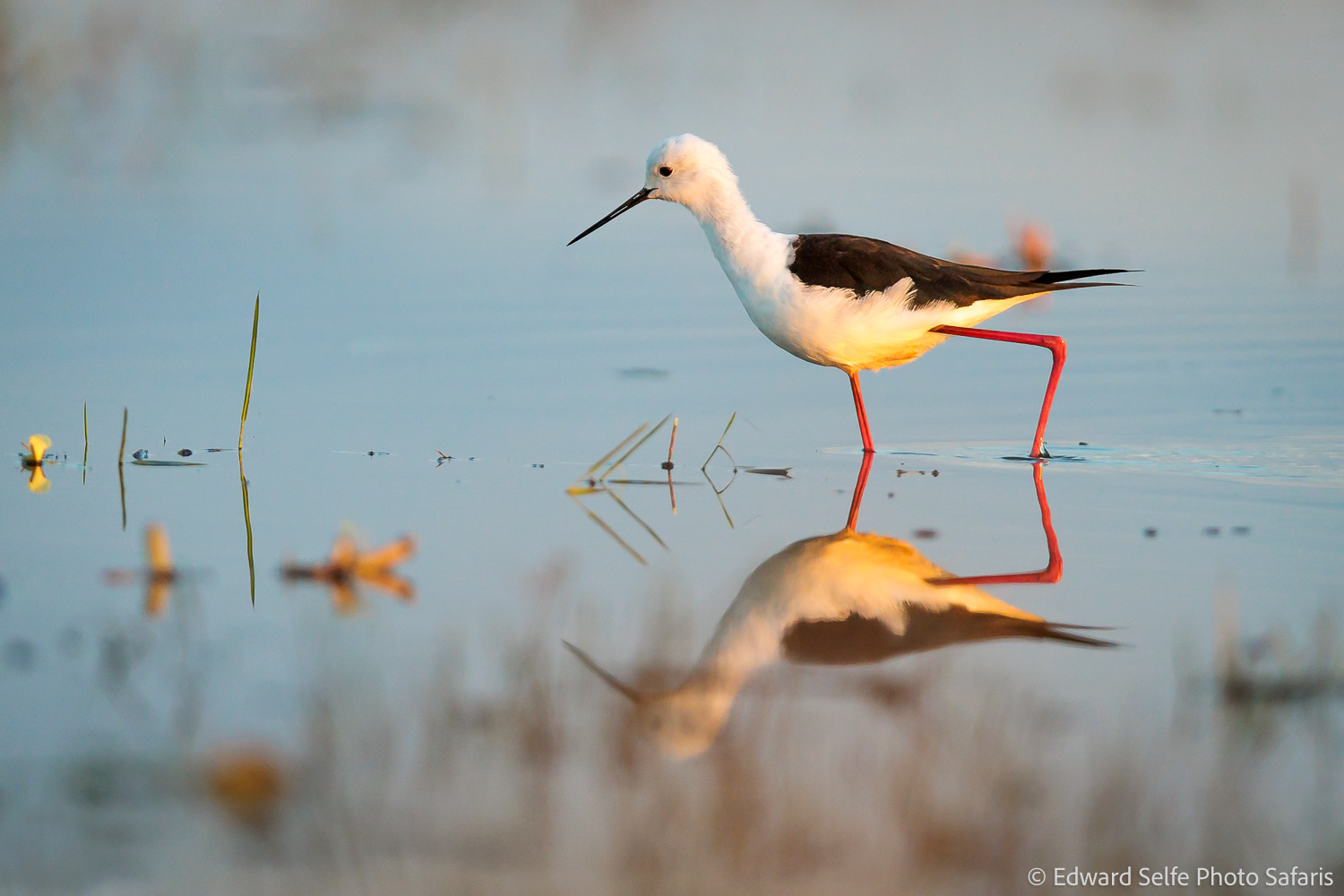
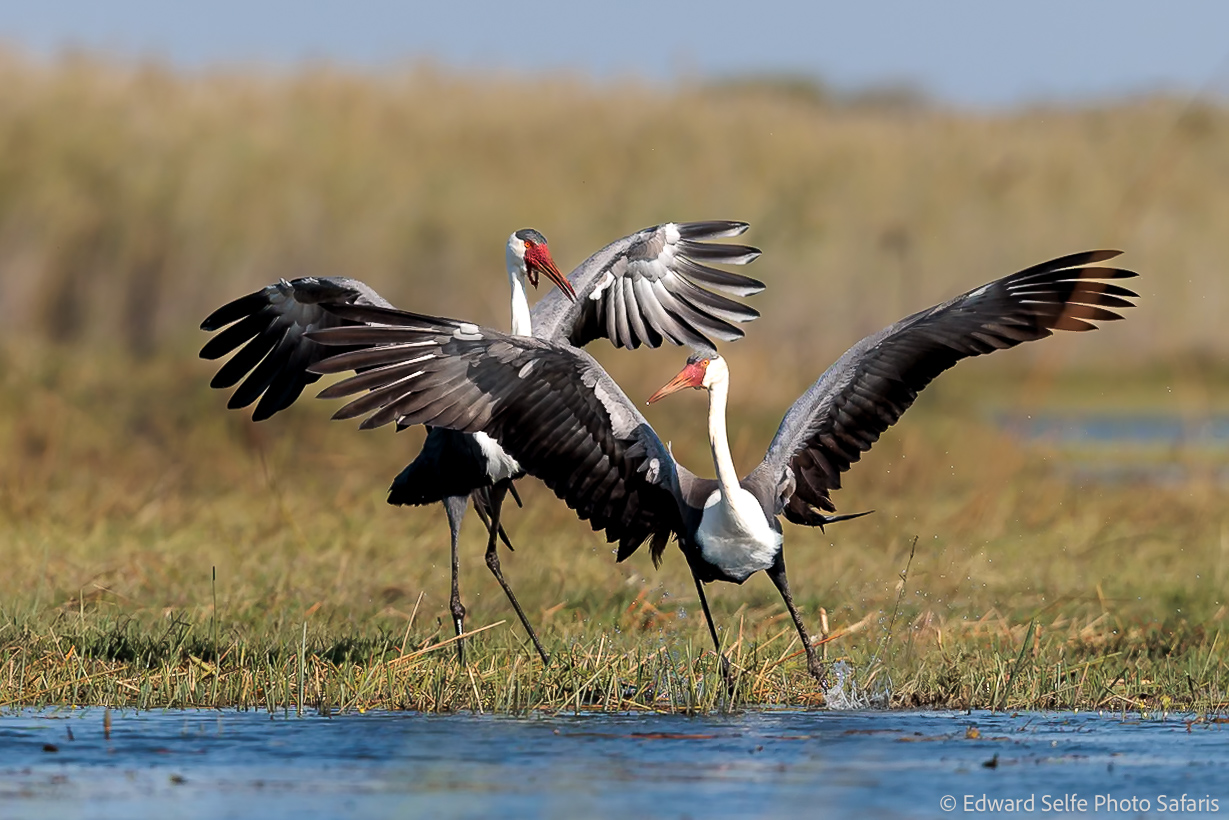
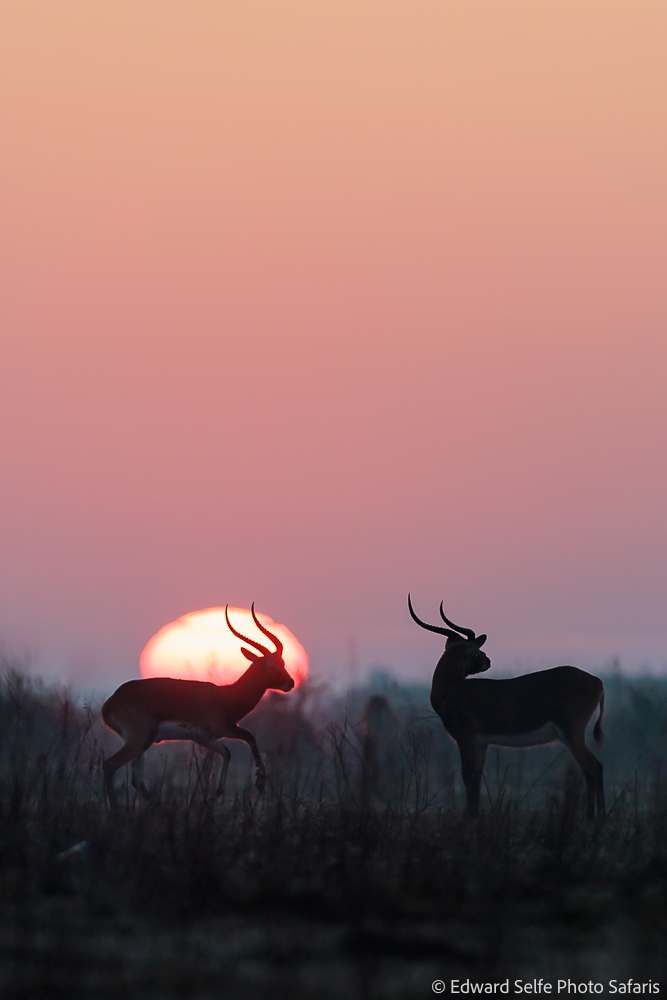
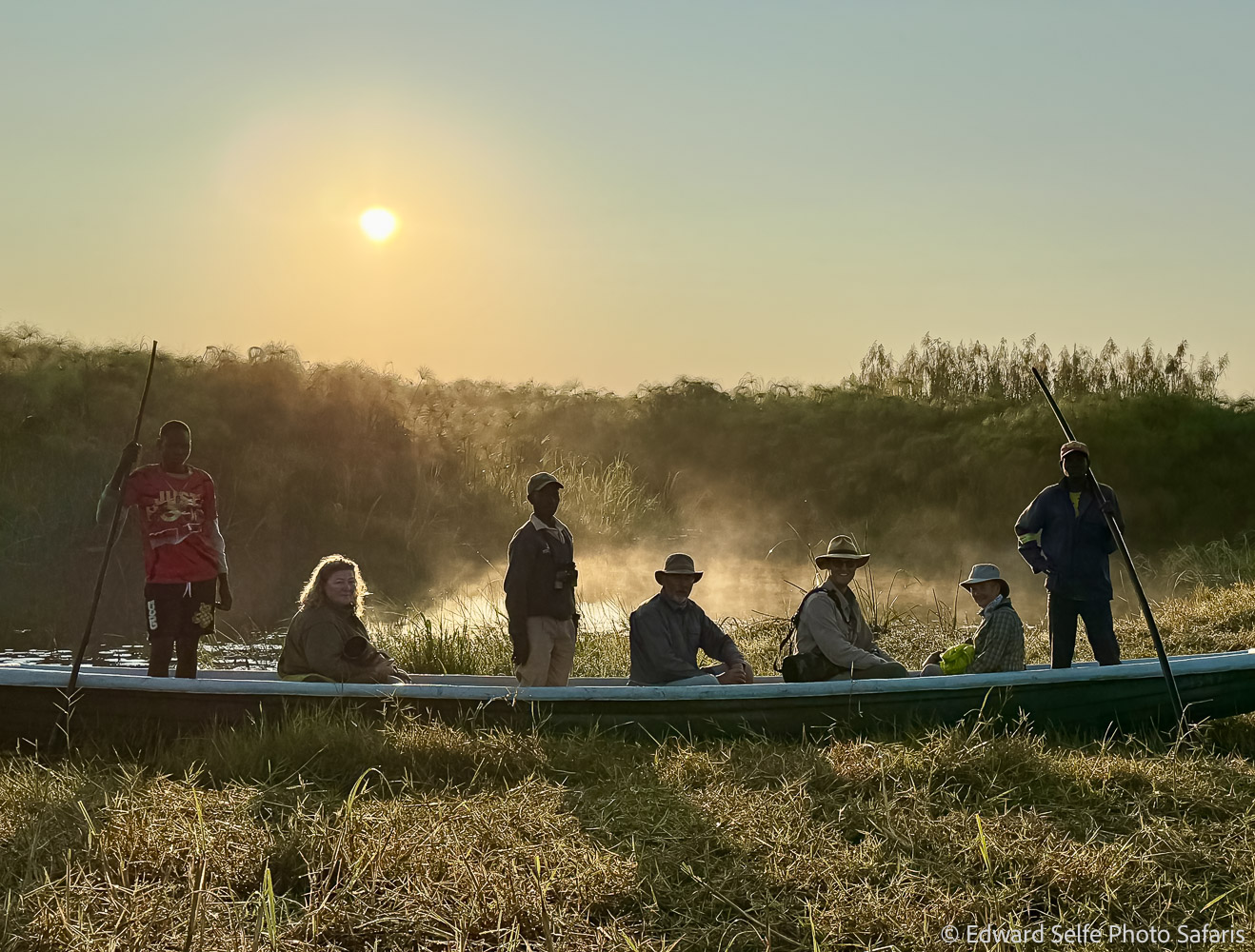
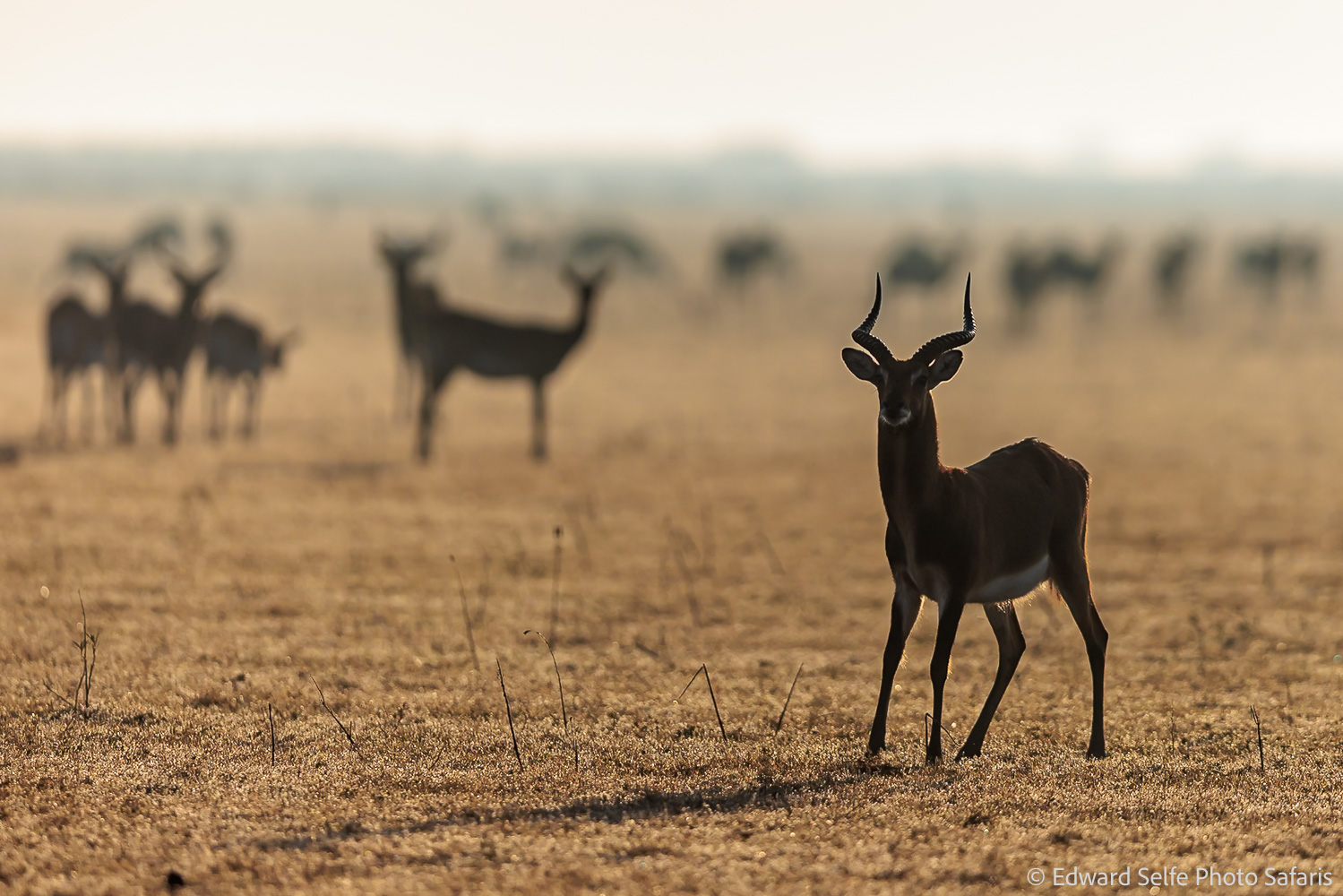
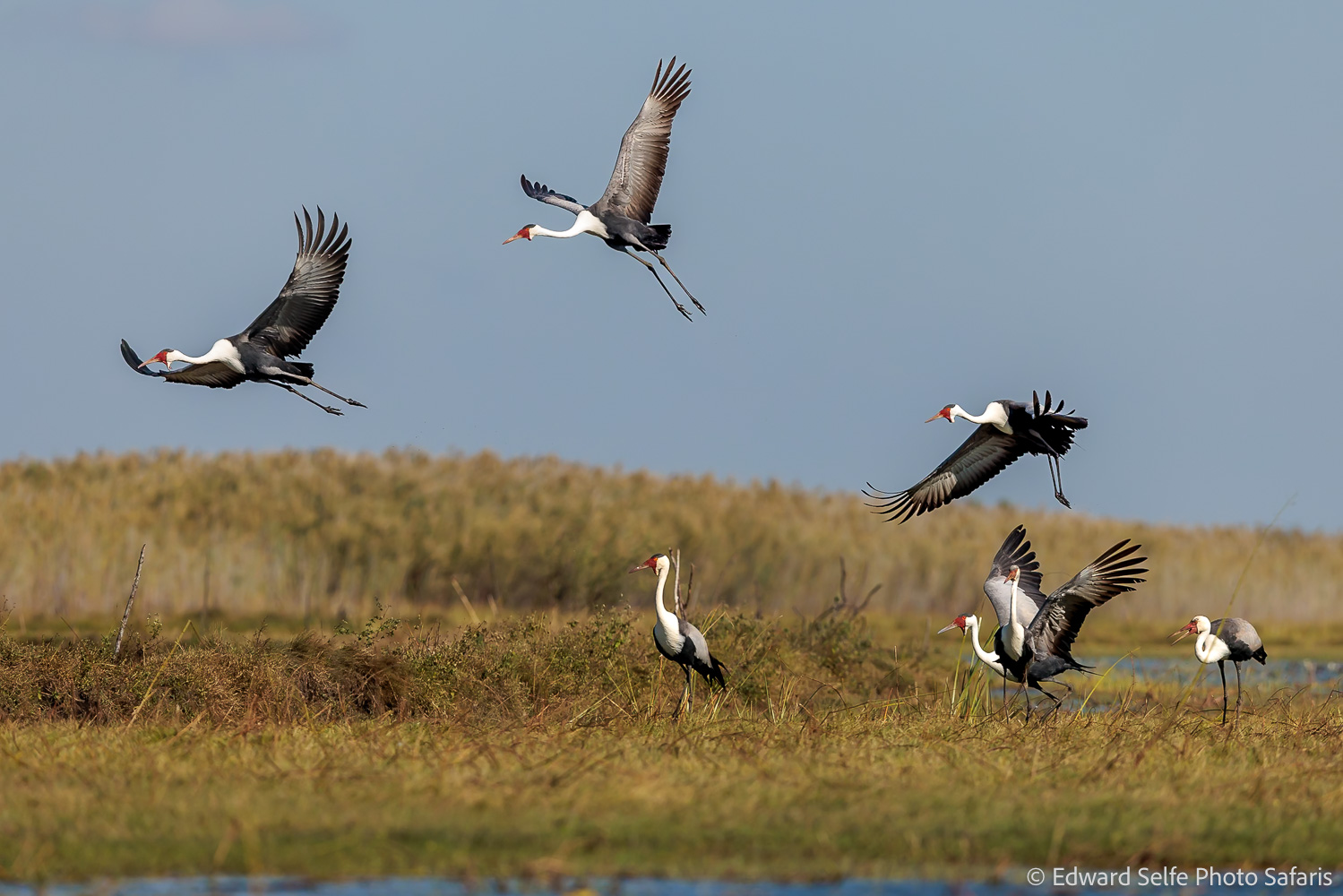
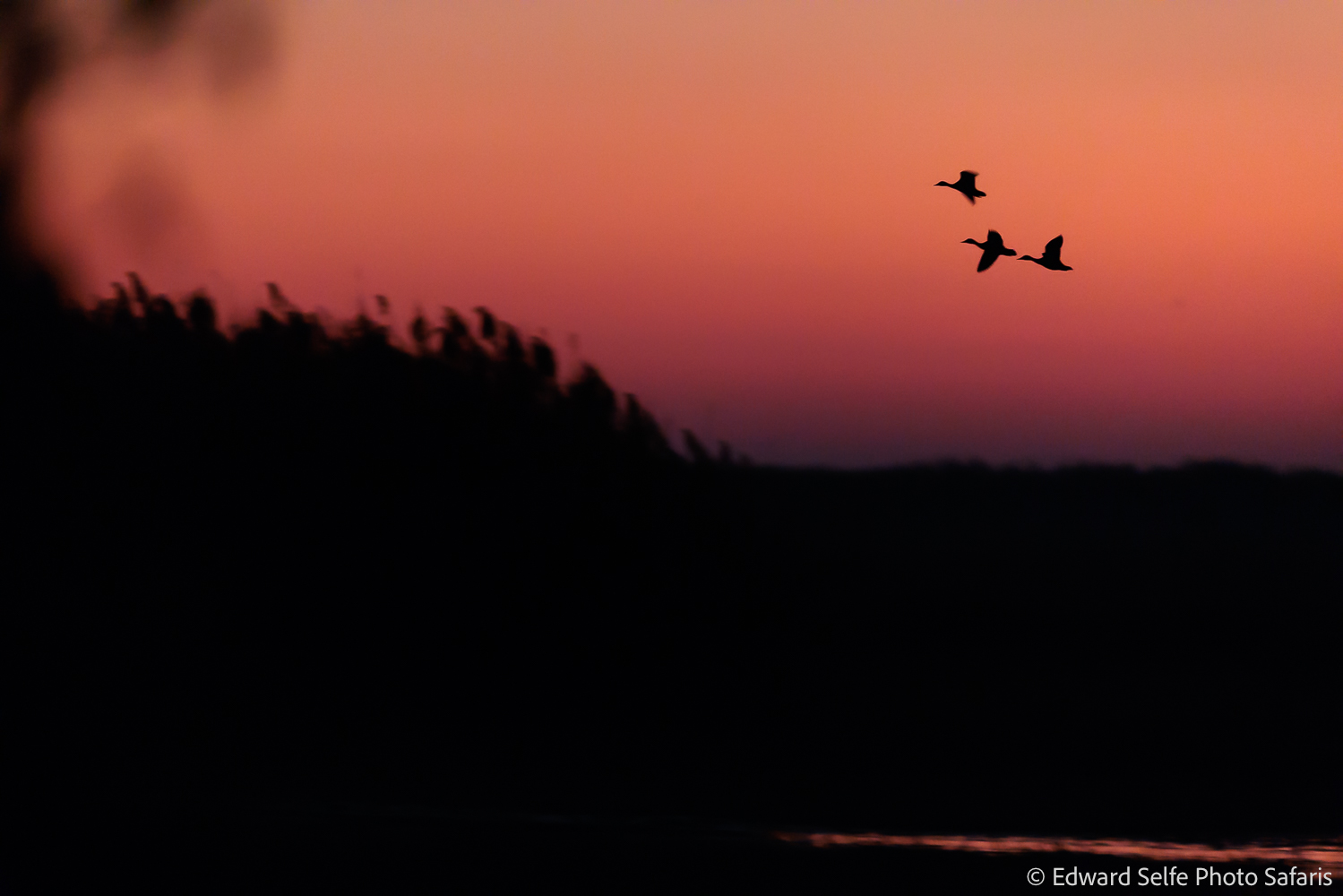
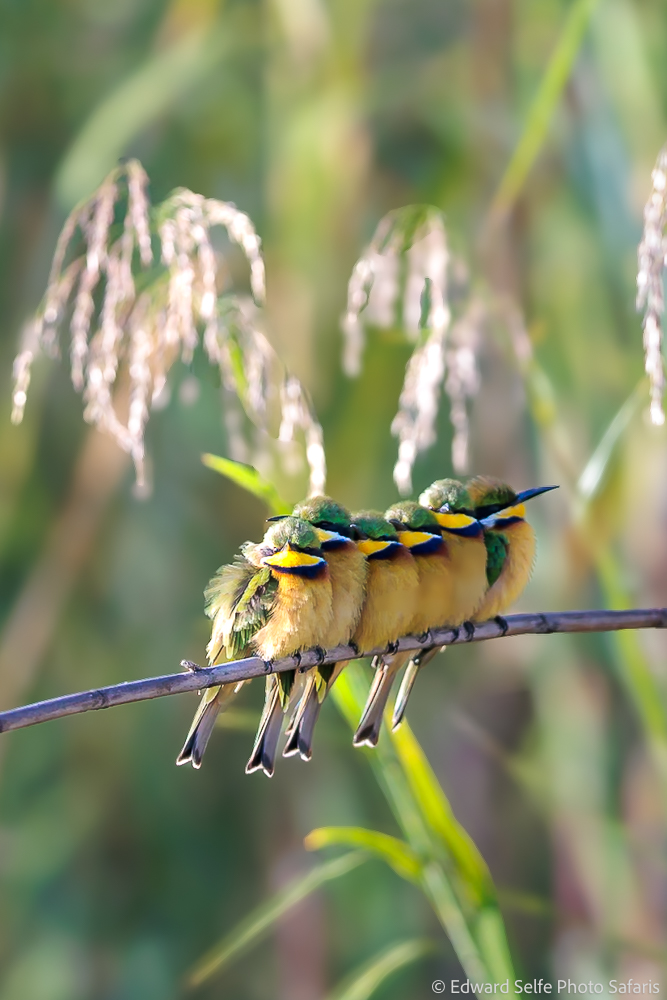
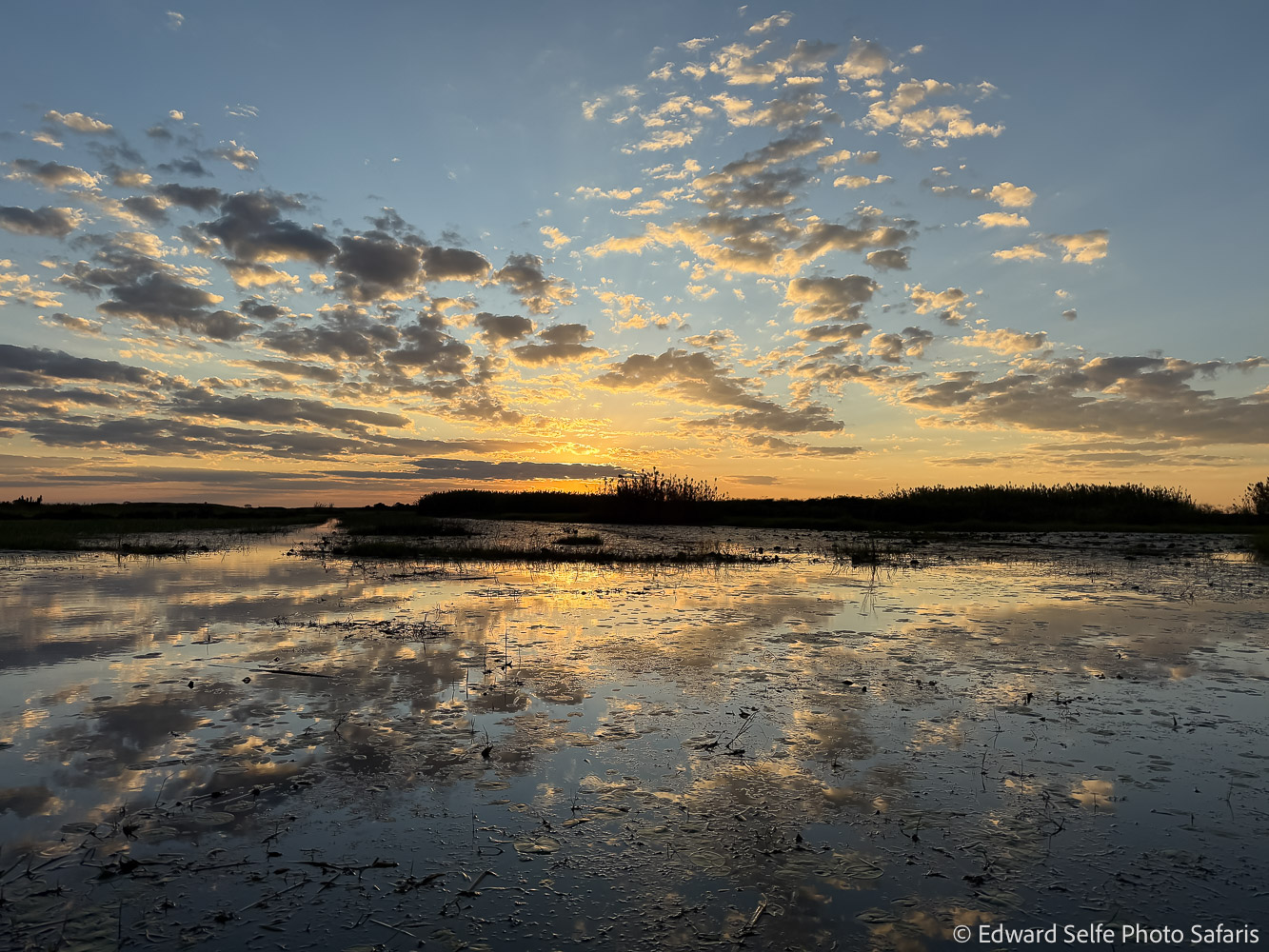
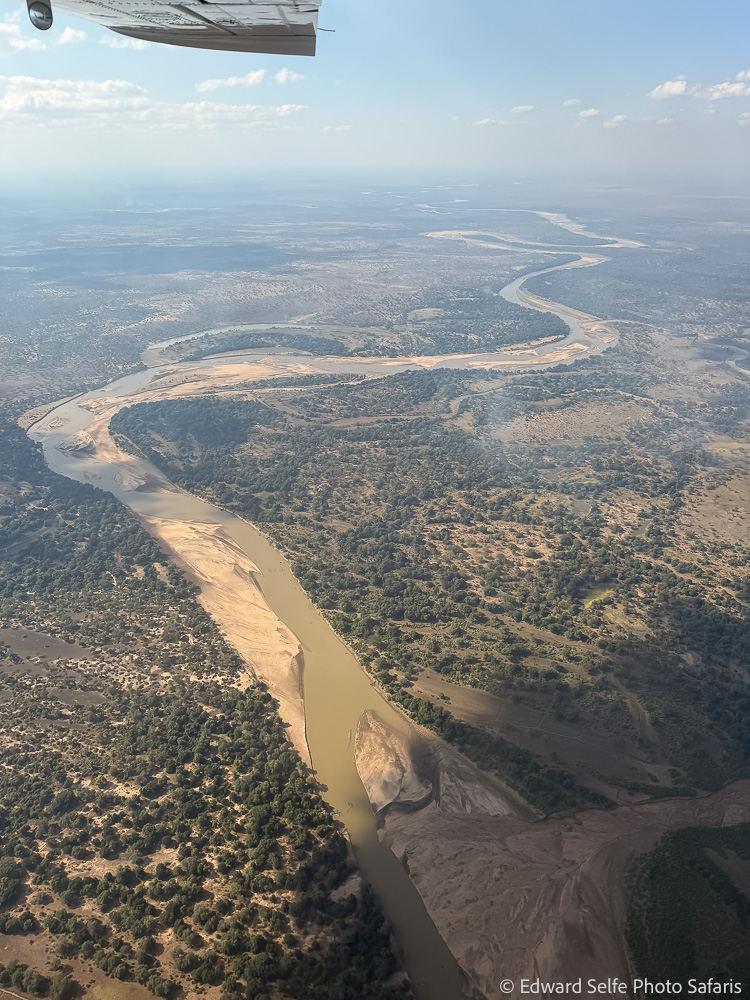
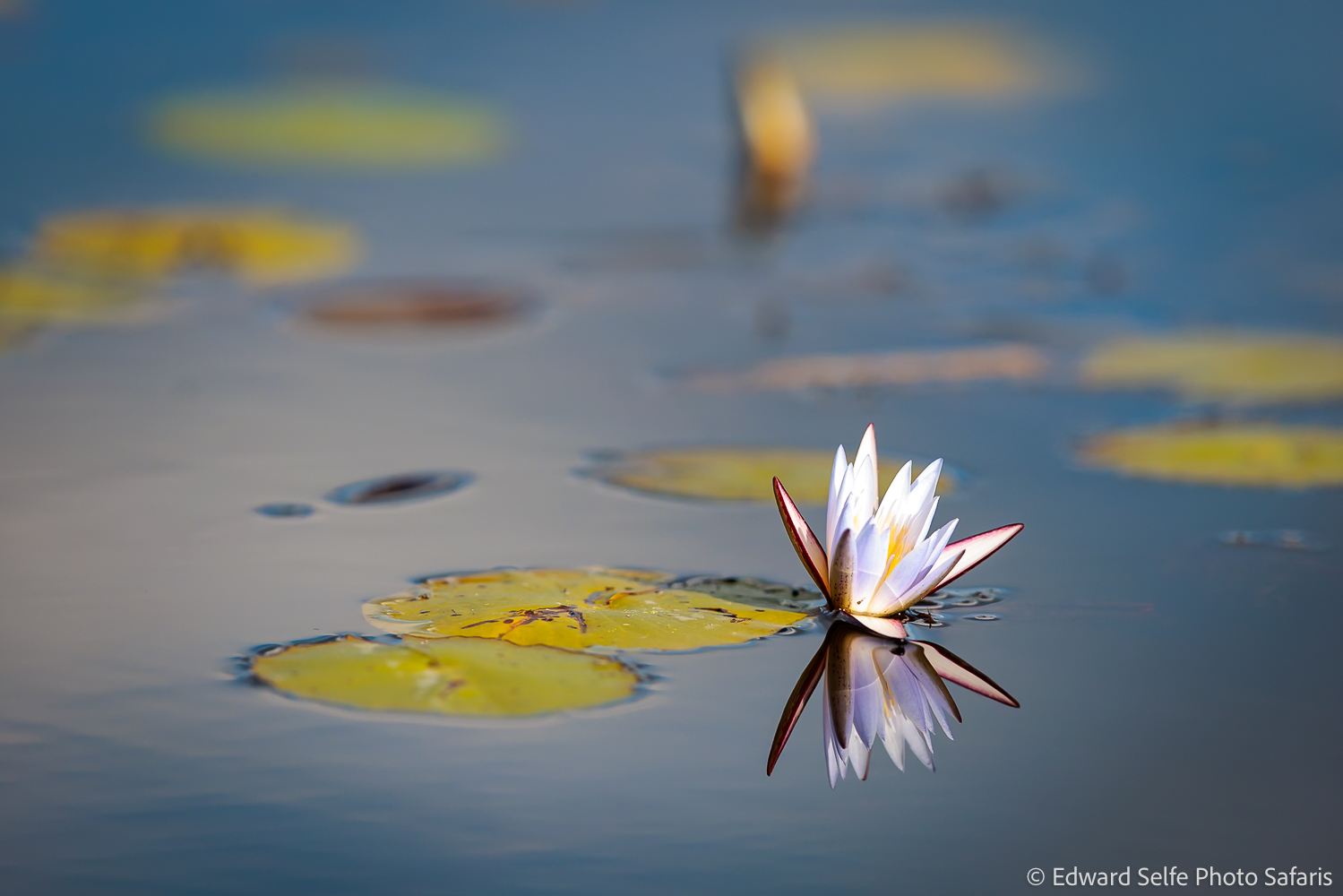
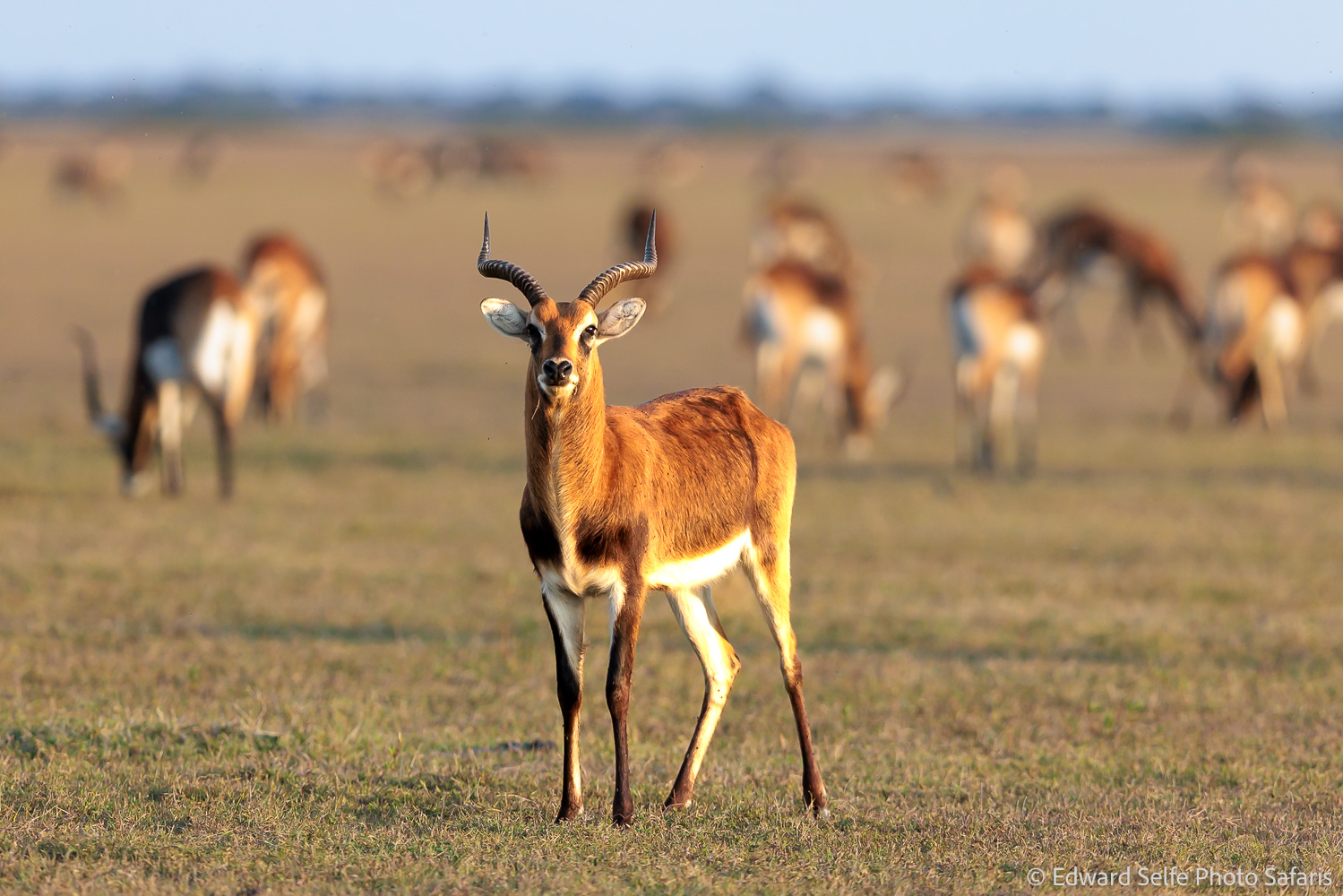
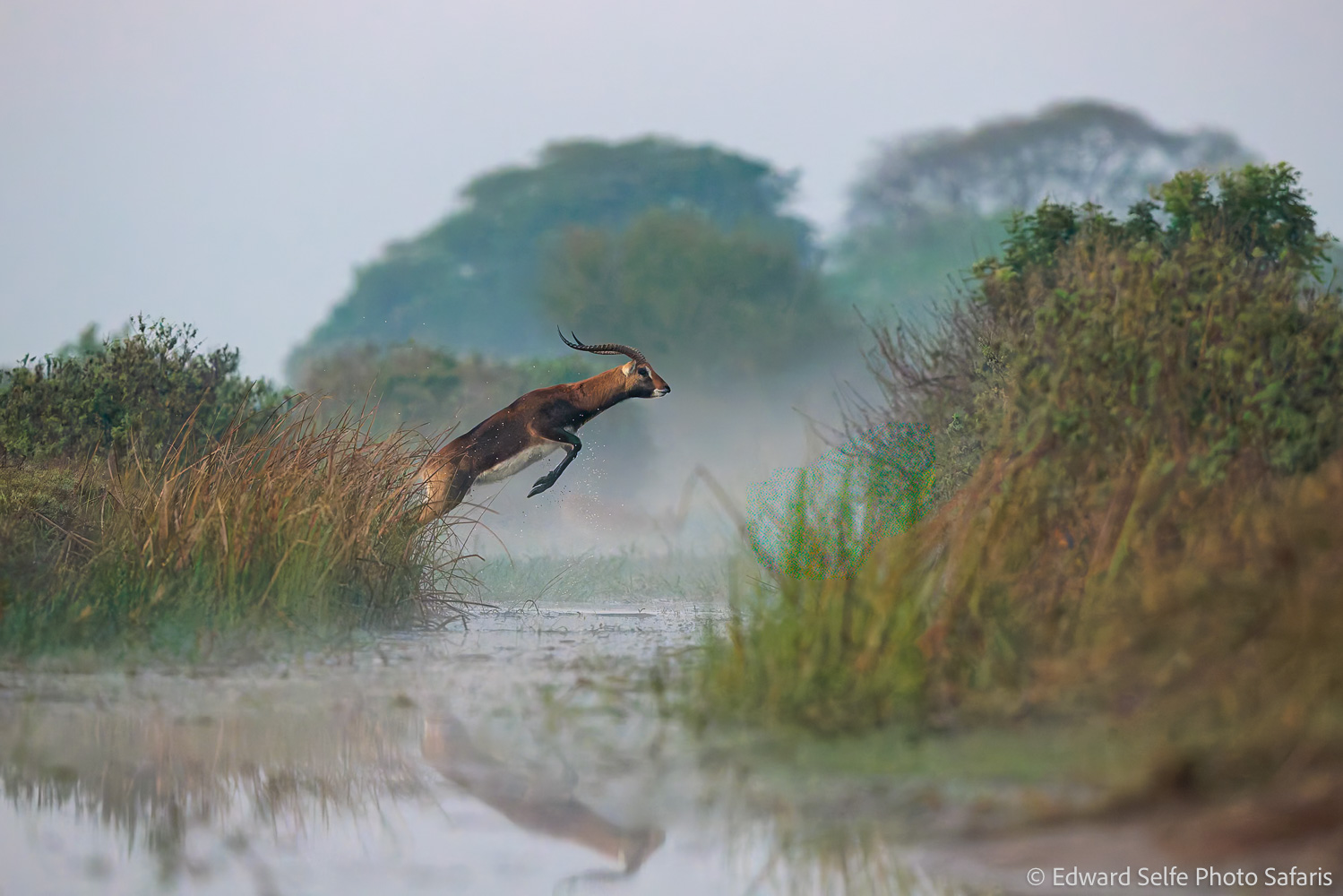
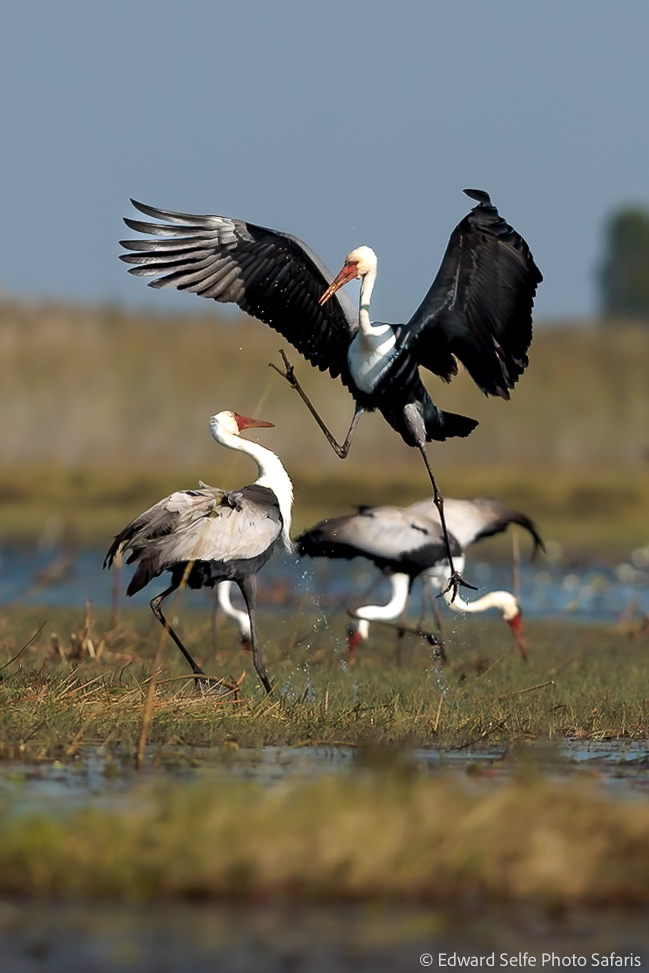
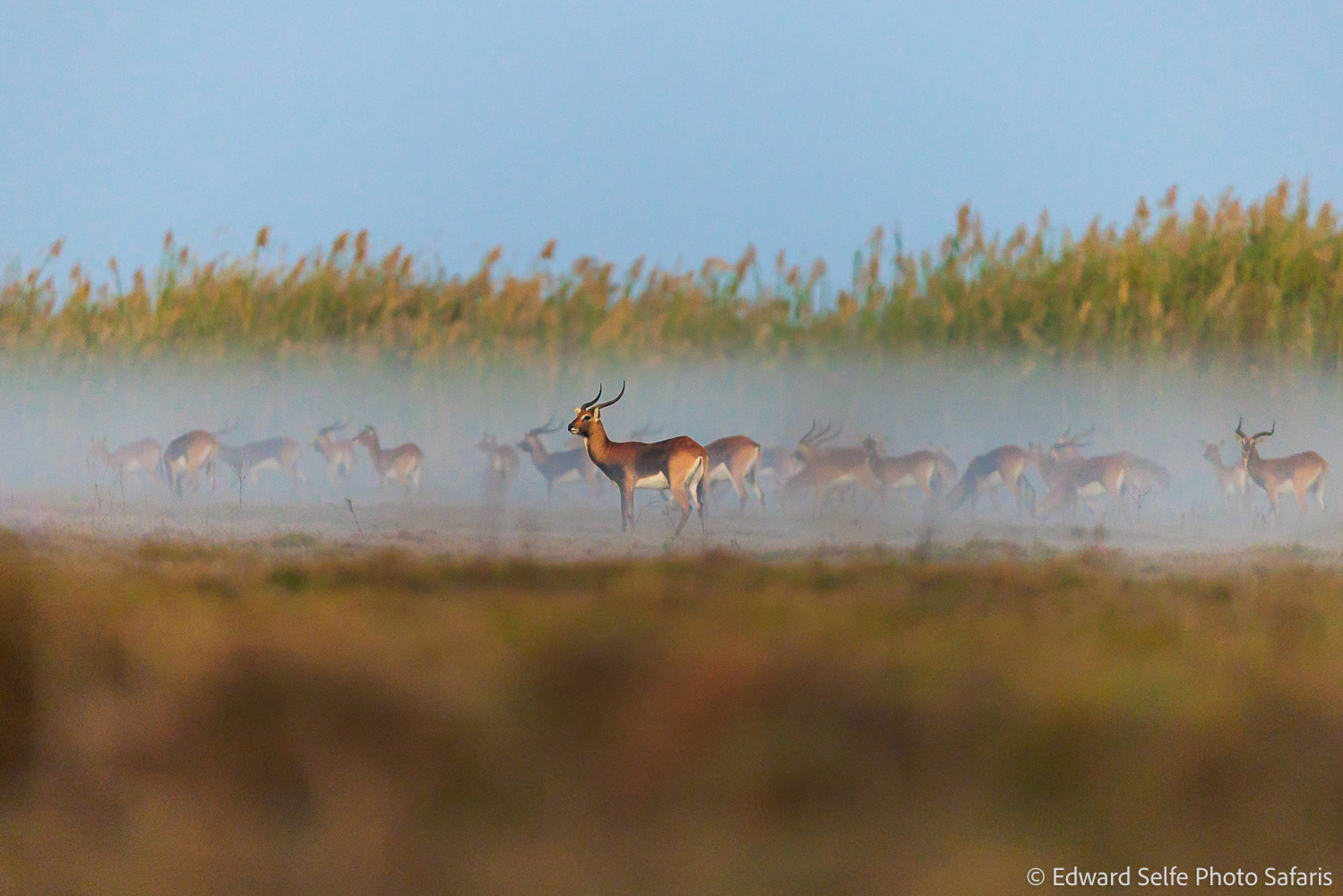
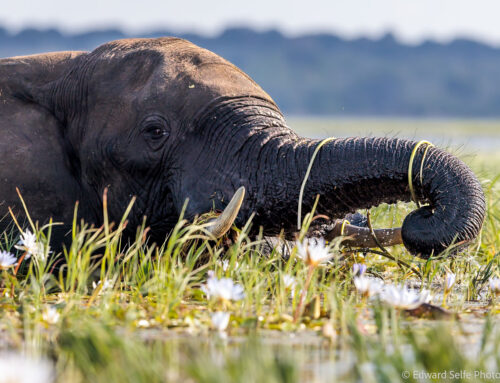
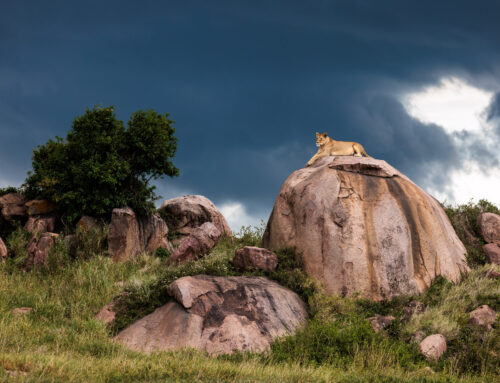
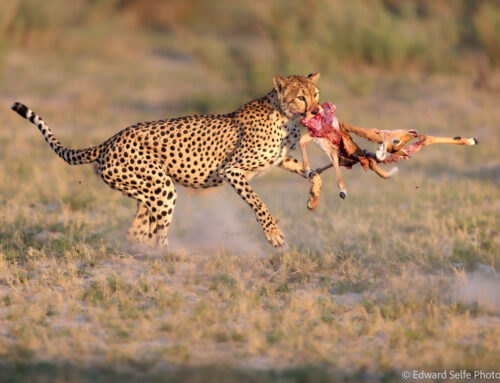
Leave A Comment